Over time we’ve come to understand the certain ways that each manufacturer has in developing and introducing new product. While some play things a little “fast and loose,” manufacturers – particularly Yamaha Motor Corp. USA – have a very methodological process wherein designs are proposed, planned, and tested (and studiously retested) before finally being executed. In the simplest of terms, when the tides of change roll in to shore, Yamaha doesn’t react, they respond. But even providing a measured response is only half of the story. Standing at the forefront is where everyone wants to be, and often that position rotates year in and year out.
That being understood, it could easily be said this year belongs to Yamaha. As The Watercraft Journal will show you, the unveiling of Yamaha’s 2017 WaveRunners is a one-two-three knockout combination of a first-strike, a counter-punch and a haymaker that hits harder, more boldly and as smart as we’ve seen the manufacturer be in years. In discourse with some of the best minds in our industry, the consensus was that we’re peering over the precipice of a very diverse marketplace in 2017. A marketplace that is rife with product more interest-specific, stylized and personalized than we’ve seen since the rise of the four-stroke.
Above: Yes, this is it, the 2017 Yamaha GP1800. Powered by the SVHO supercharged 1.8L four-stroke, it rides on a NanoXcel2 hull and deck, bringing this beast in nearly 20-pounds below the VXR.
The “Yamaha Way” as we’ve come to understand is one where there’s no such thing as “leaps of faith.” All future product is weighed against market demand and more importantly, how it’ll effect Yamaha’s already established reputation.”We found that reliability is the single most important attribute for all customer segments,” Product Manager Scott Watkins explained to The Watercraft Journal. “Of all the customers who considered buying another brand, a quarter of them chose Yamaha [over the rest] because of our reputation for reliability.” Within the rental market is this no more better exemplified, as Yamaha handily outsells all other brands.
Tantamount to Yamaha’s reliability is maintaining a level of top level consistency in its manufacturing. Watkins walked us through the hull materials and compression mold process: “All WaveRunners are manufactured in a High Compression Molding process [consisting of a two-part compression mold that uses heat and pressure to compress the “High SMC Compression FRP” into a hull – Ed]. That results in better fit and finish; a smooth, paintable finish (giving us those automotive-grade metallic finishes); controlled tolerances and consistent results each and every time. And the process creates no VOC emissions.”
Above: For 2017, Yamaha retired the SHO (Super High Output) engine, reducing the FX to either the naturally-aspirated HO or SVHO powerplants.
The process freed Yamaha to develop its NanoXcel and NanoXcel2 hulls and decks, which not only shave total weight, but also result in a stronger hull – one with a bond with a higher tensile strength than traditional, or common SMC composites. Durability, strength, quality of finish and lightweight all amount to Yamaha’s priming for 2017. With that, the OE manufacturer has introduced five new WaveRunners for the new year, including a new Full Sized Luxury FX, two new Mid Size Sport/Rec units, and an entirely new segment of machines: Compact Rec/Lite.
We like being surprised, and this year is when Yamaha truly caught us off guard. Well, sorta. Earlier this year, we published the revelation that the FZ series WaveRunners were going to be phased out in lieu of a sportier, more nimble runabout based upon the new-for-2015 VX series. In fact, we had an inkling to this back at the new VX’s introduction when Watkins hinted, “We made the new VX to accept all of our engines. We’ve even got one with a SVHO. It’s bad ass.” The hint was too much for us to shake and the idea of a SVHO-powered VXR was just too exciting.
Above: All VX models return 2017, except for the VXS as well as the entry-level V1 models.
When intel confirmed the return of the “GP” name, it didn’t take much imagination to speculate on the new Yamaha’s name: the GP1800. Before the Internet is sent abuzz with claims that it’s “just” a SVHO-packaged VXR, note that it is much, much more. The GP1800 ($13,999) rides on the same hull and deck mold as the VXR, but is made from Yamaha’s NanoXcel2 material, heavily dropping the weight below the standard VXR ($11,999). Moreover, the GP1800 comes with Yamaha’s electric trim system, the brand’s own RiDE brake and reverse system, a wide (and extended) reboarding step, low RPM mode and a bunch of other features.
Of course, the big news is the application of the Super Vortex High Output (SVHO) supercharged, intercooled four-stroke. Privately dyno-tested, yet unofficially rated at 260-to-265 brake horsepower, the SVHO presses all of that thrust through a 160mm, 8-vein impeller mounted in a 75mm hub. No modifications were needed to be made to either the engine or intercooler to fit the SVHO into the GP1800 hull, and a scalloped and narrowed “cut-and-sew” race-inspired seat saddles the engine compartment. The steering remains fixed (like the current VXR) and is adorned with color-matched pistol-inspired hand grips, as there are two color varieties to choose from; and new CNC-cut Marine Mat traction mats cover the tray and swim platform.
As the GP1800 replaces the FZR and FZS, gone too is the VXS and the final SHO-powered FX models, the 9-year-old engine being retired. Other returning favorites include the perennial SuperJet ($8,499); the complete VX lineup, including the base VX ($9,599), VX Deluxe ($10,299), VX Cruiser ($10,599) and VX Cruiser HO ($11,199); the full-sized FX HO ($13,199) and FX Cruiser HO ($13,699), as well as the FX SVHO ($15,299) and FX Cruiser SVHO ($15,999).
Joining the ranks of the full-sized Luxury FX units is the new FX Cruiser Limited SVHO ($16,899). Taking a page from last year’s wildly popular VX Limited ($10,999), the “family fun starter pack” packaging has been applied to the Luxury class, giving a FX Cruiser SVHO all of the amenities included with the smaller Limited, including four pop-up cleats, a waterproof phone bag and full-sized dry bag, a tow hook and color-matched rope as well as a color-matched inflatable tube, a 12v outlet and electric tube inflator, as well as a custom-made PWC cover with a solar panel battery charger.
Above: Enjoying massive success with the VX Limited, Yamaha applied the same buyer-takes-all packaging and put it towards the FX SVHO, creating the FX Cruiser SVHO Limited.
Yet, the biggest addition to Yamaha’s WaveRunner family is the one that surprised us the most: the EX Series. Consisting of the base EX ($6,599), the EX Sport ($7,599) and EX Deluxe ($8,599), the EX units are a careful, measured response to Sea-Doo’s Spark. As the introduction of the Spark revealed a whole new segment of the PWC market that had gone previously untapped, Yamaha’s research uncovered that 62-perent of new PWC sold in the 2015 were Value/Economy models, the single-highest percentile since they began tracking PWC sales. Additionally, the recent uptick in sales these past two years was due (in large part) to an increase in first-time buyers.
With these persons in mind, Yamaha chose to provide them with a low price point watercraft that still maintained Yamaha’s commitment to reliability, durability and fun without sacrificing dependability. In designing the EX, Yamaha minimized the amount of body parts (fairings, panels, etc.) by incorporating much of the styling cues into the body itself. Equally, Yamaha developed a separate lower seat base (reminiscent of the once Honda R-12X) allowing for easy engine service when called for. The EX features a reduced and simplified instrument cluster, generous glove box storage (with wet bow stowage), and wide swim step.
Above: The EX models still ride on SMC fiberglass hulls (and decks) with a lower seat base that cradles the special EX-edition TR-1 3-cylinder four-stroke engine making 100-horsepower.
Powering the EX models is a slightly detuned 100-horsepower EX TR-1, based off of the same Marine TR-1 engine that received the 2016 NMMA Innovation Award. The changes to the engine are subtle, primarily in the form of a lightened flywheel and redesigned exhaust manifold and muffler. Reducing more weight is the EX’s unique jet pump. Compared to the MY16 V1 pump, the EX pump weighs 1.8kg less (14kg vs. 15.8kg), a redesigned shaft bearing, and features a combined pump and impeller piece. With a full-sized fuel tank, the EX also touts 14-percent superior fuel consumption than Sea-Doo’s Spark with 47-percent longer range (in Yamaha’s private testing).
Not only has Yamaha tightened up its selection of WaveRunners, but has added more excitement, fun and value to a lineup already teaming with such. Assuredly, Yamaha will continue its march towards racing gold with the GP1800 machines, and we’re certain the new EX models will be a hit with entry level riders and first-time buyers, as well as rental outlets and vacation spots. Yamaha’s latest crop of WaveRunners leaves no one behind and we’re certain there is something to fit your taste – if not, they just might surprise you next year.





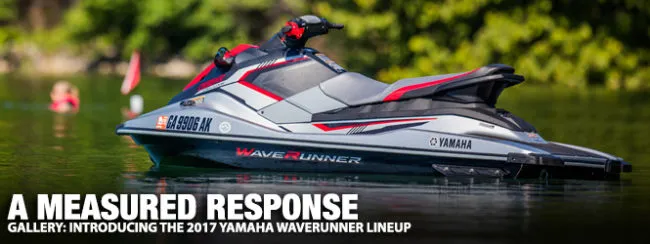
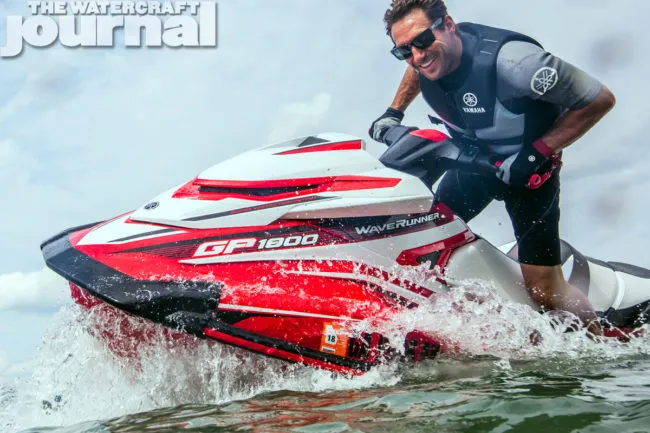
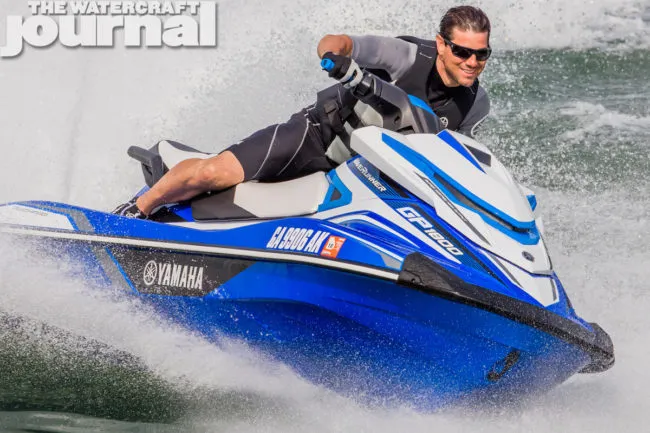
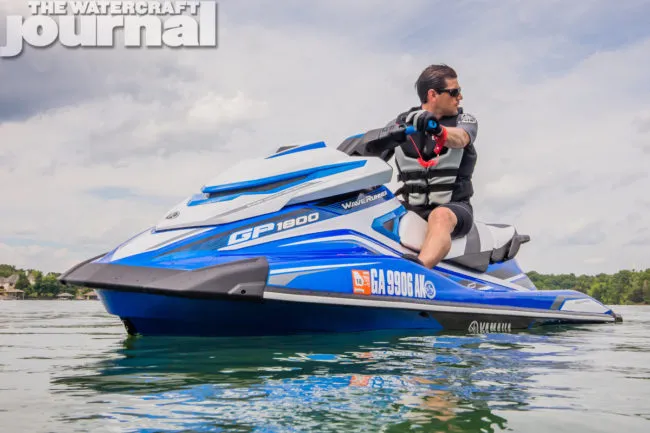
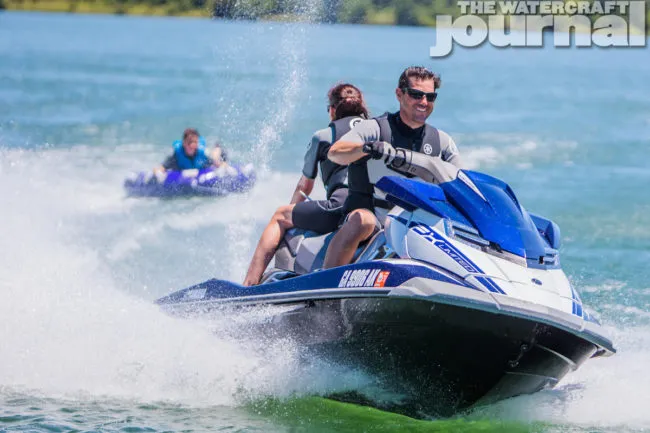
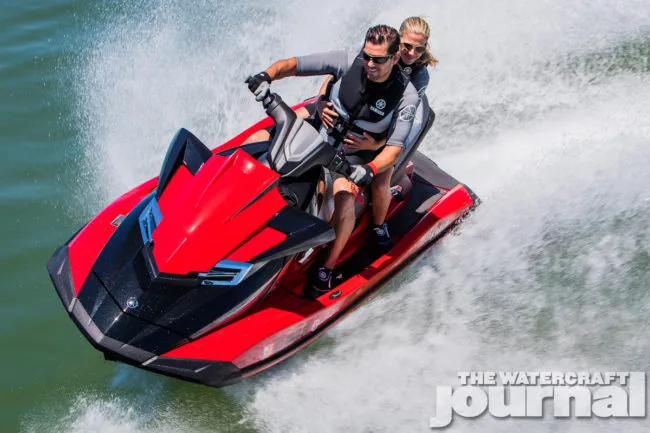
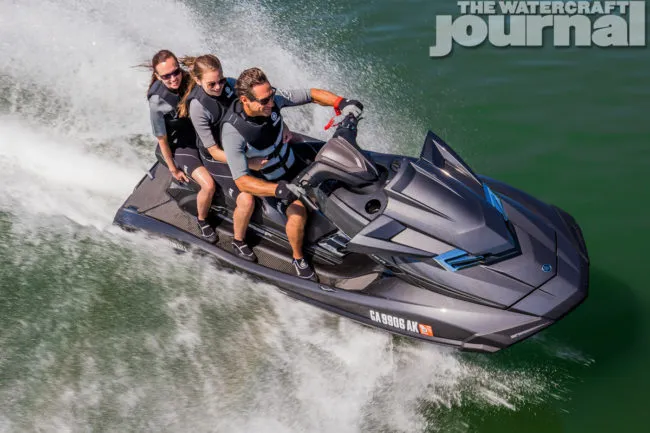
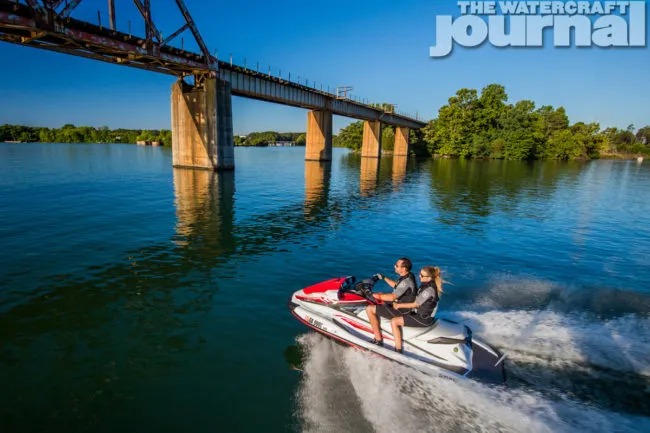
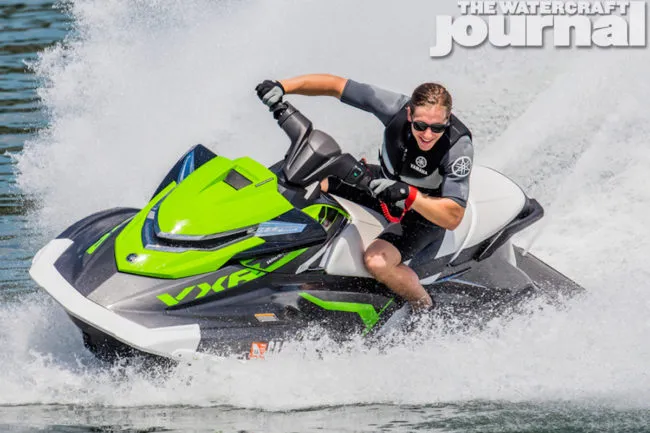
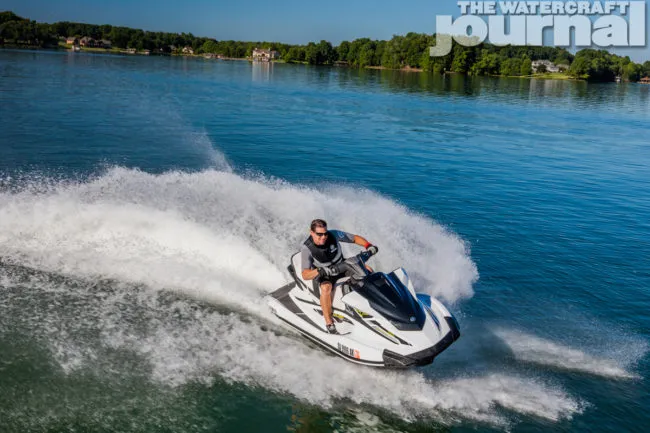
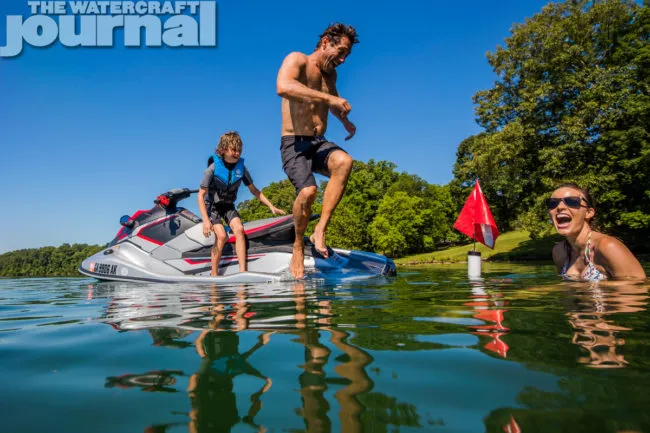

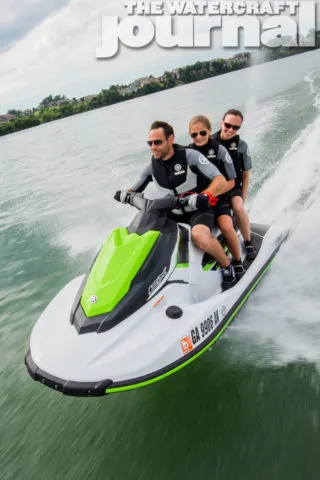
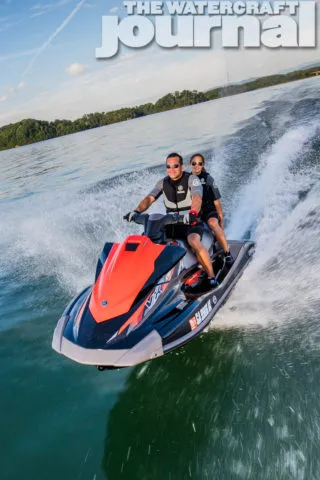
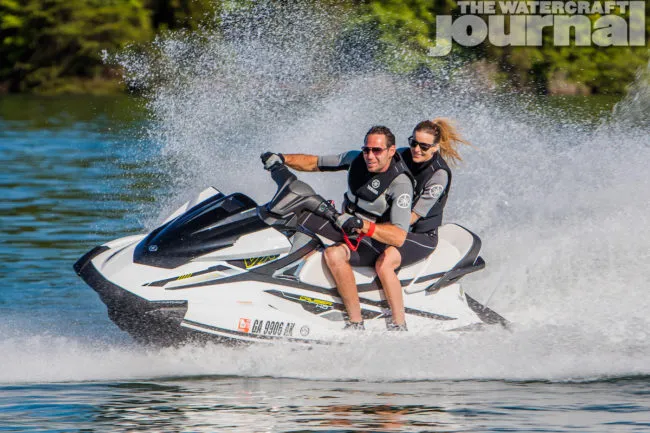
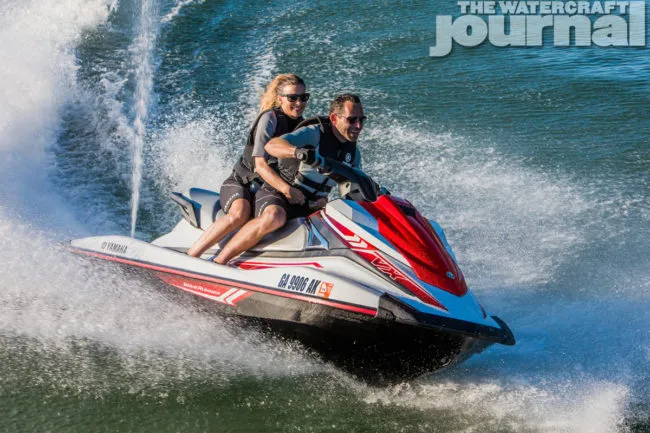
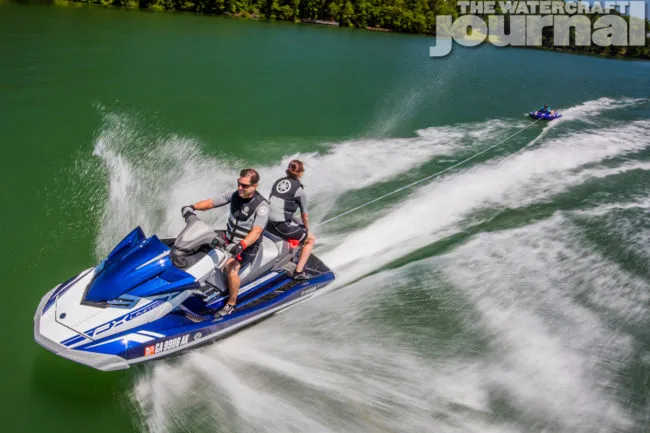
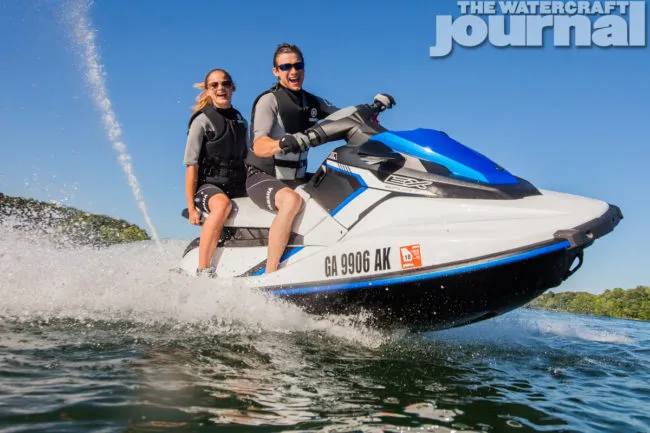
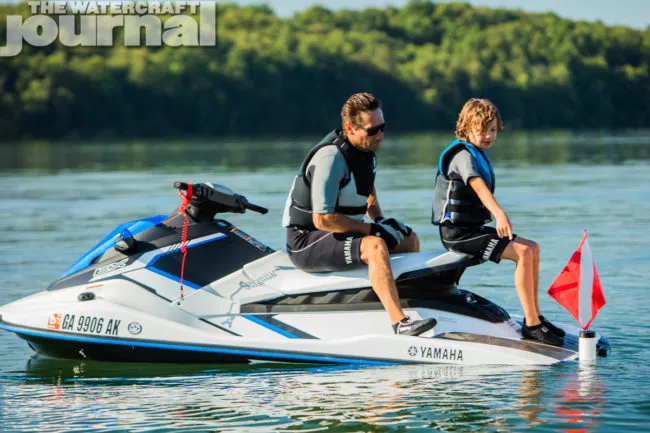
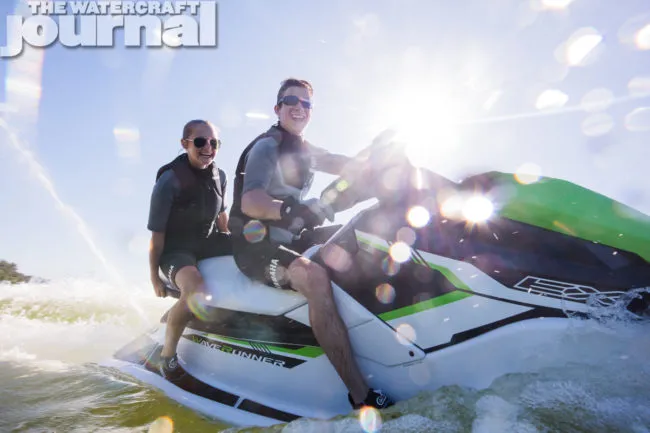
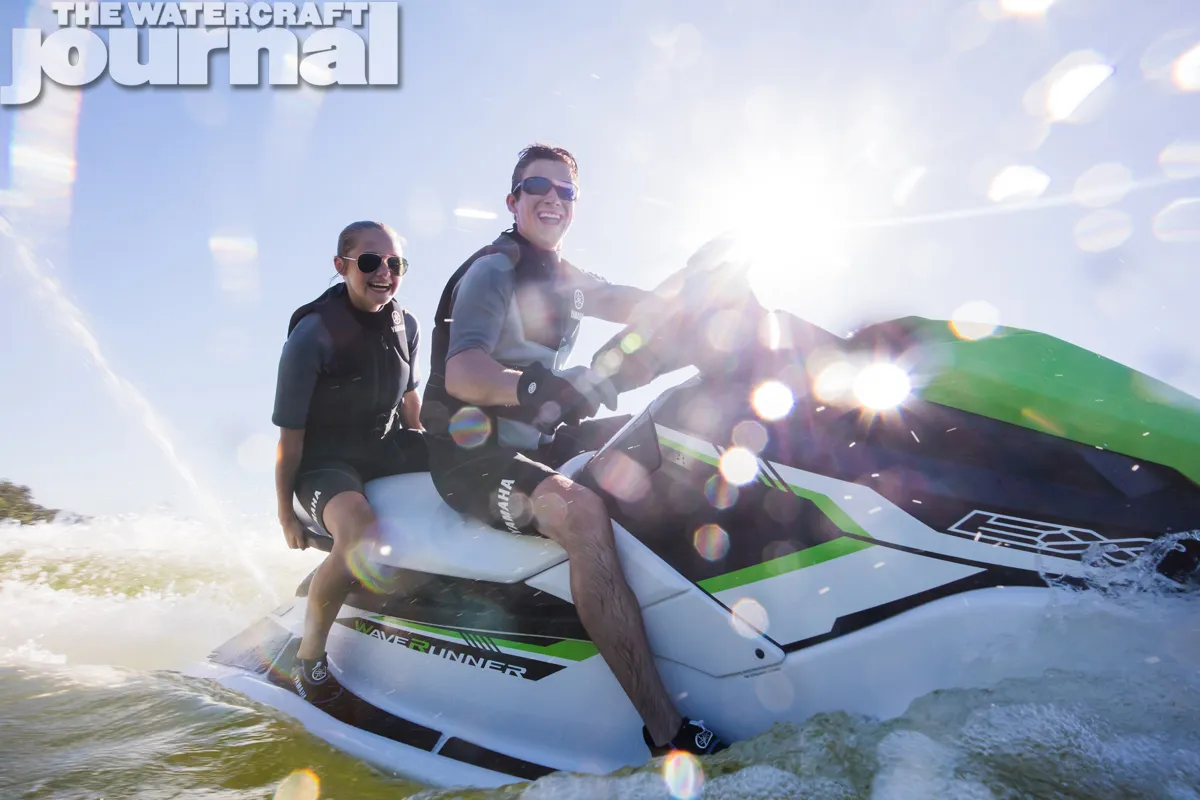
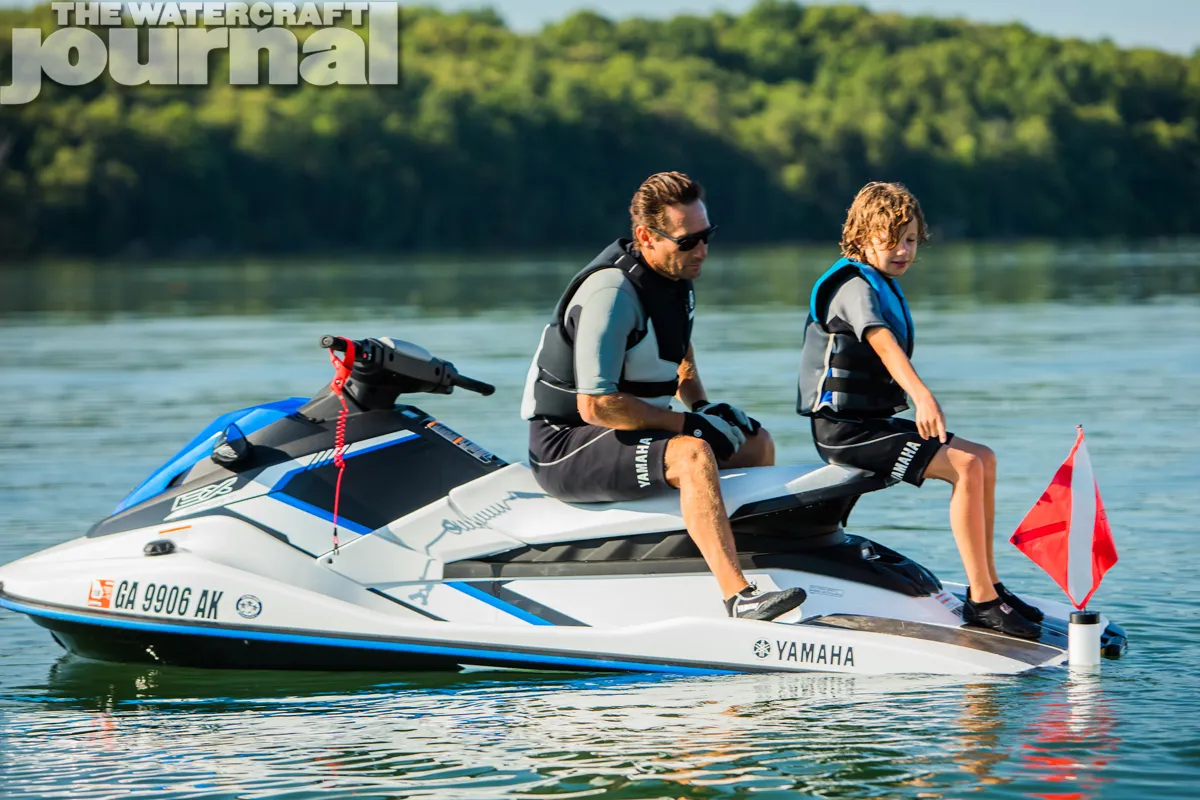
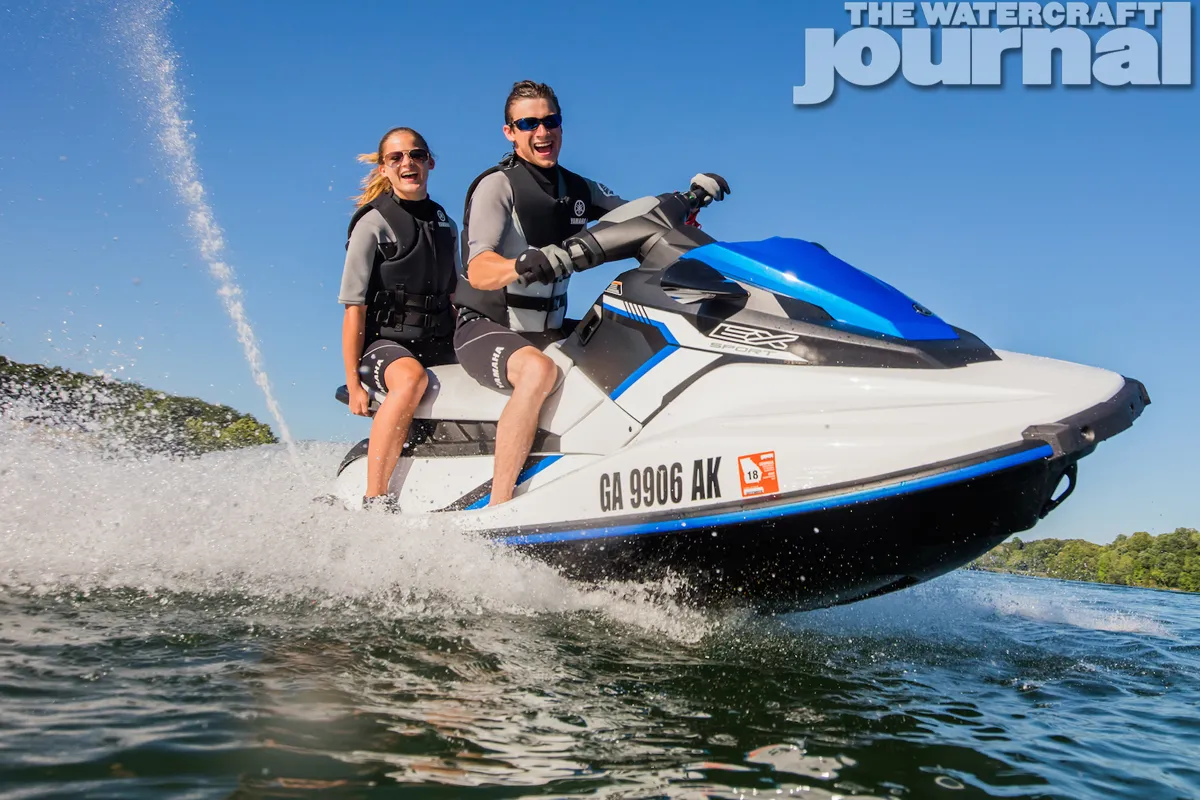
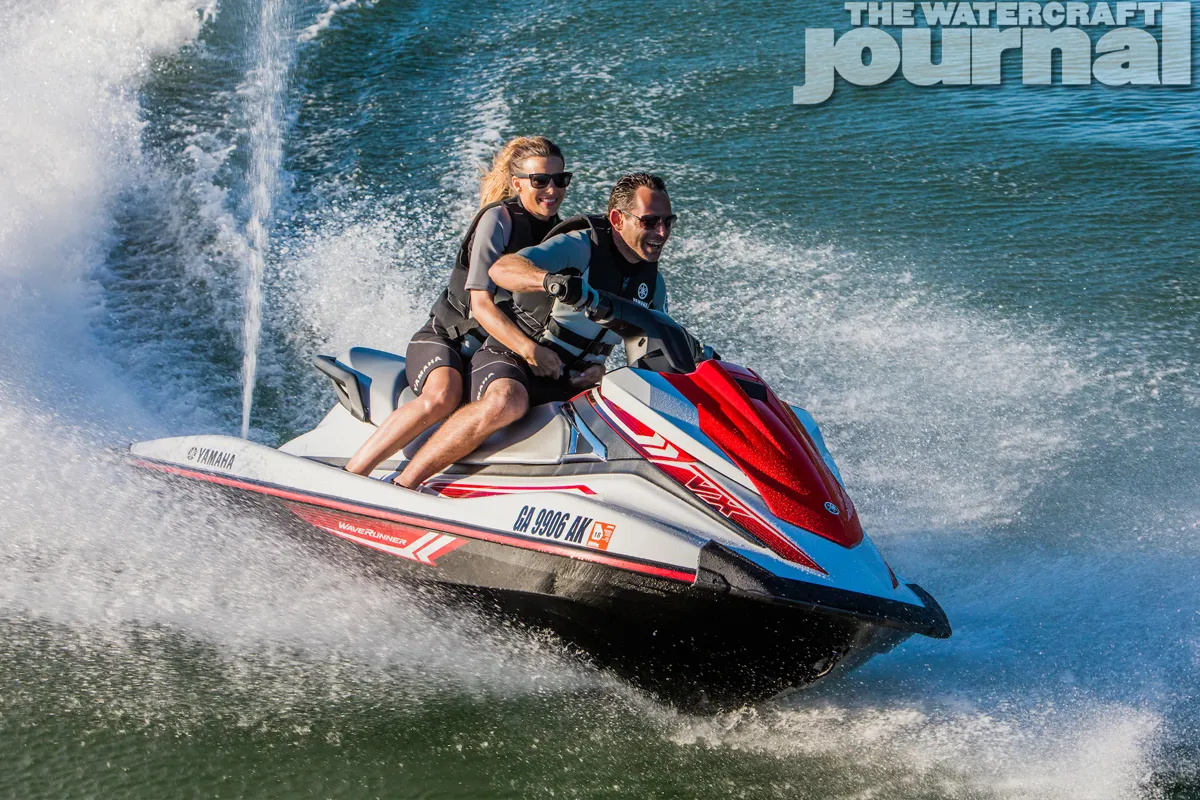
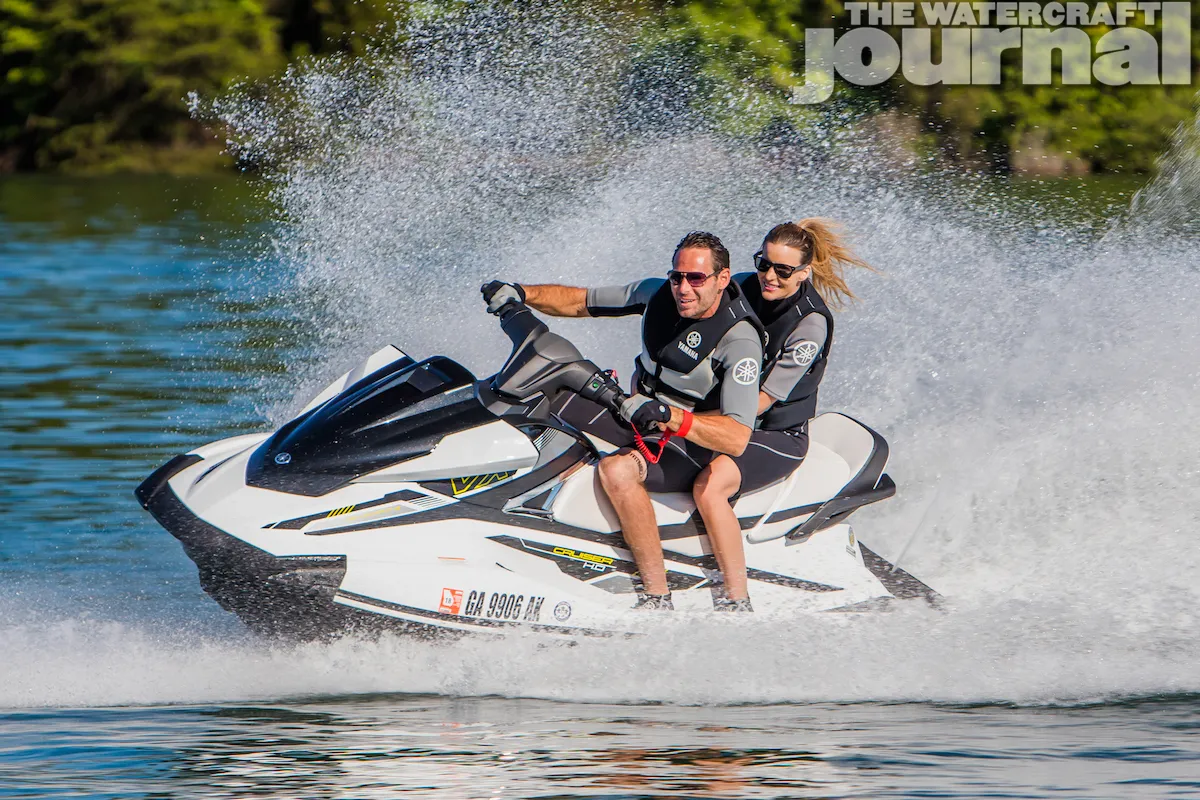
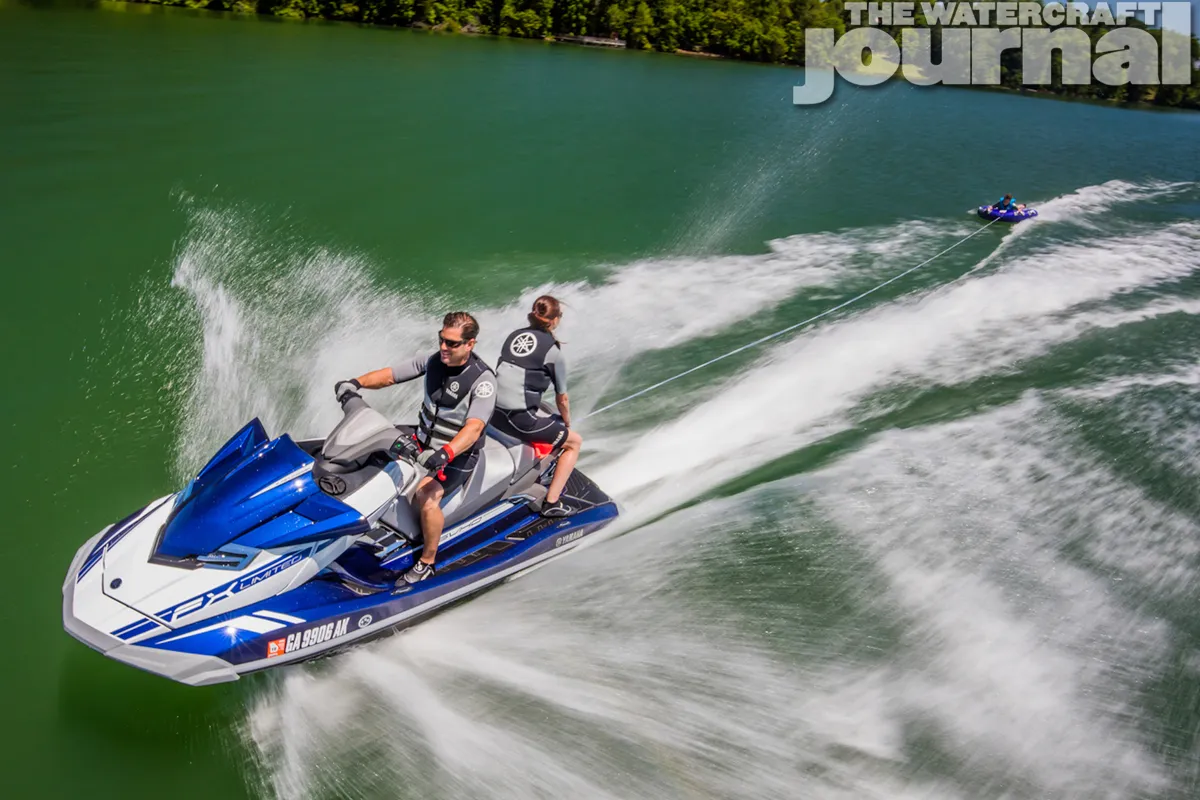
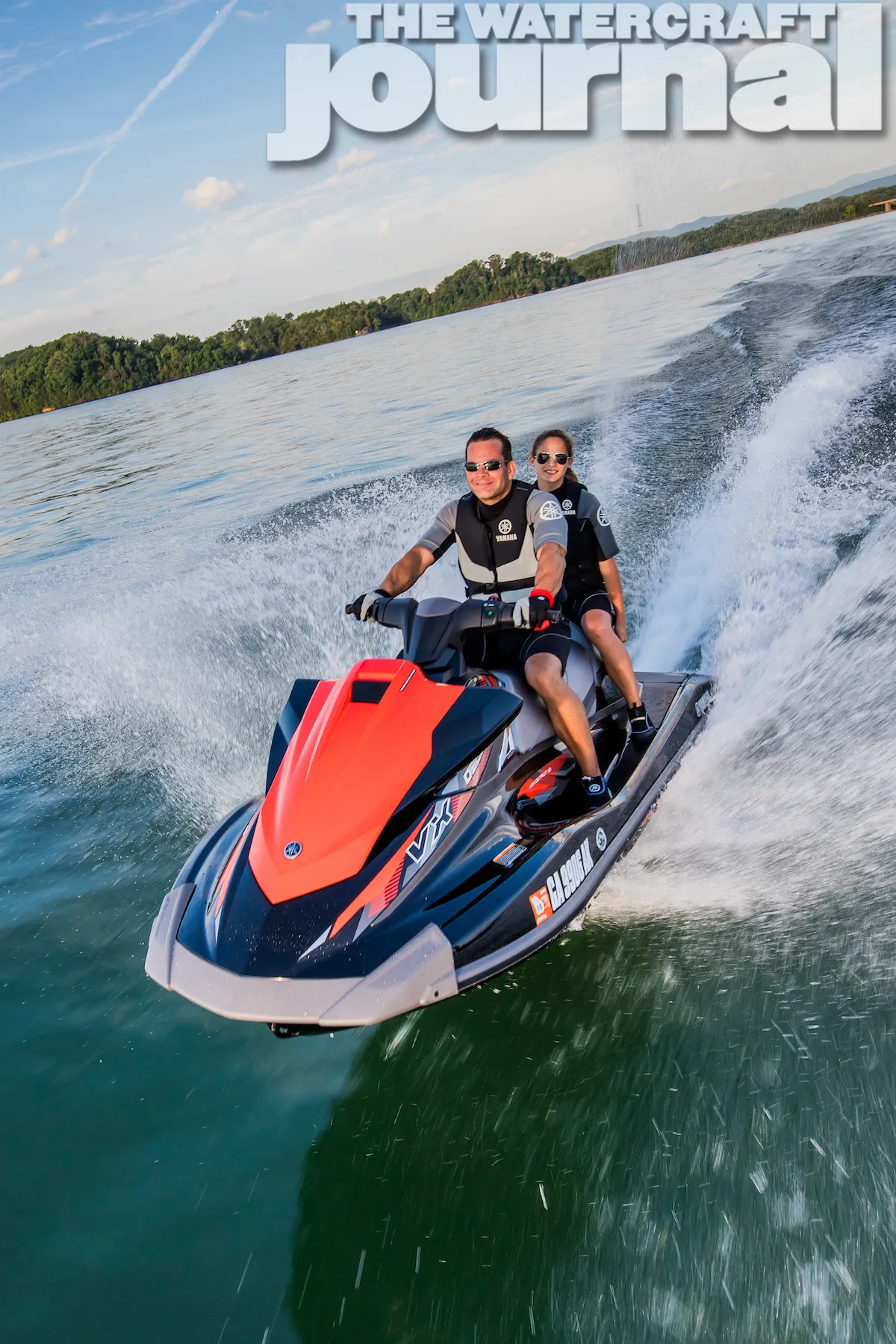
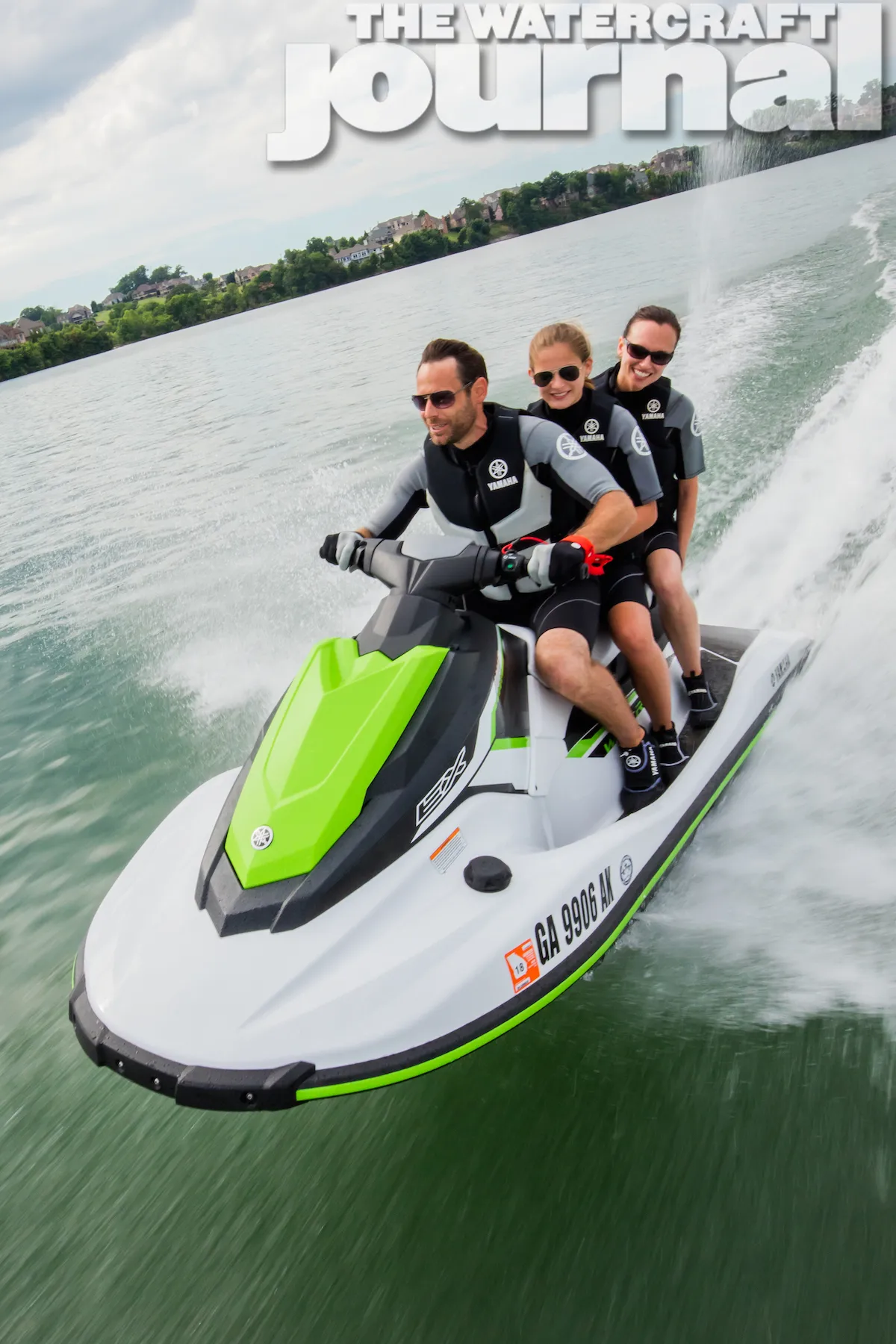
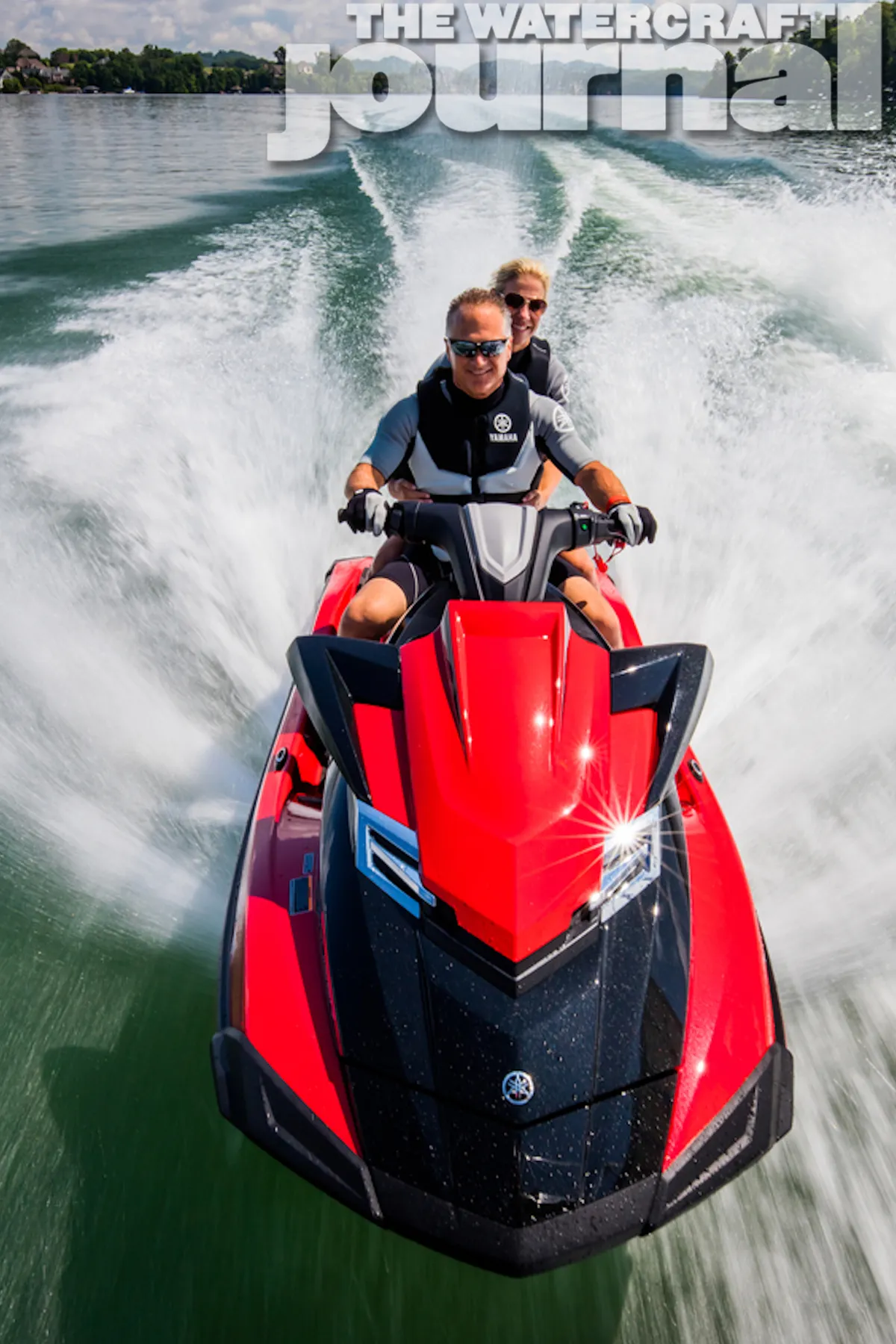
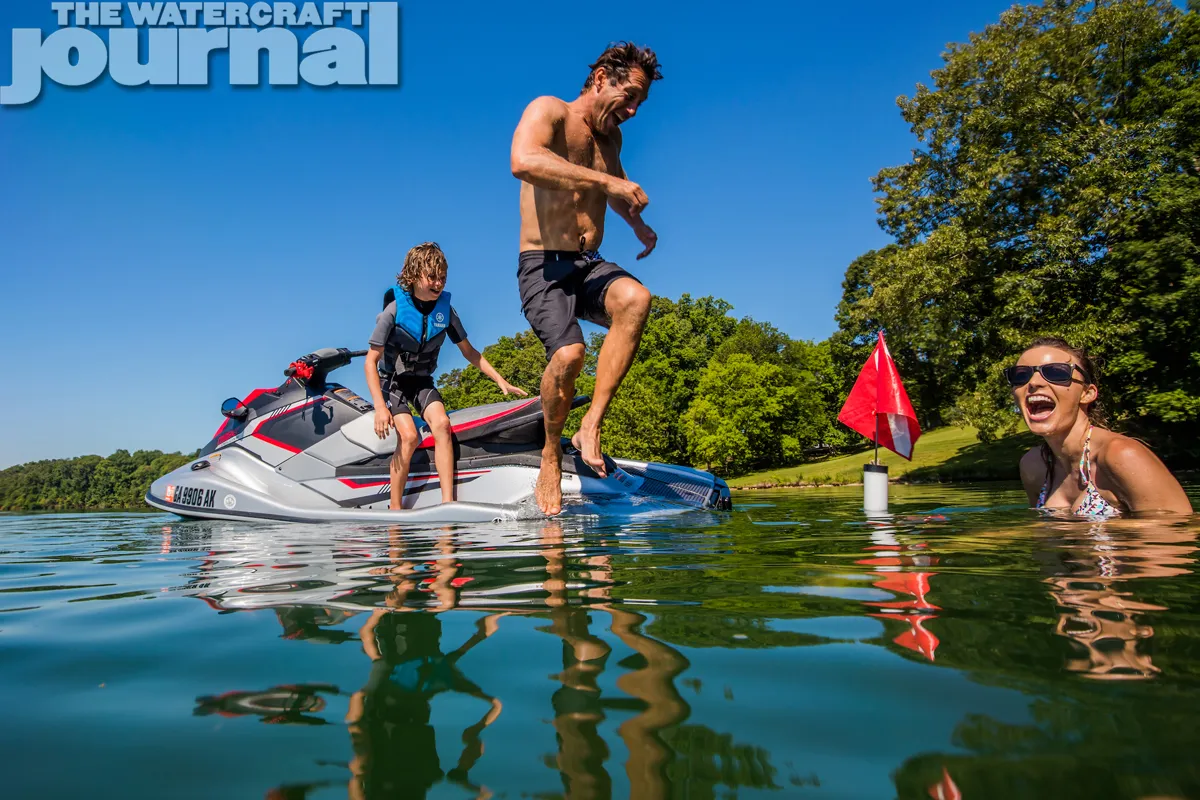
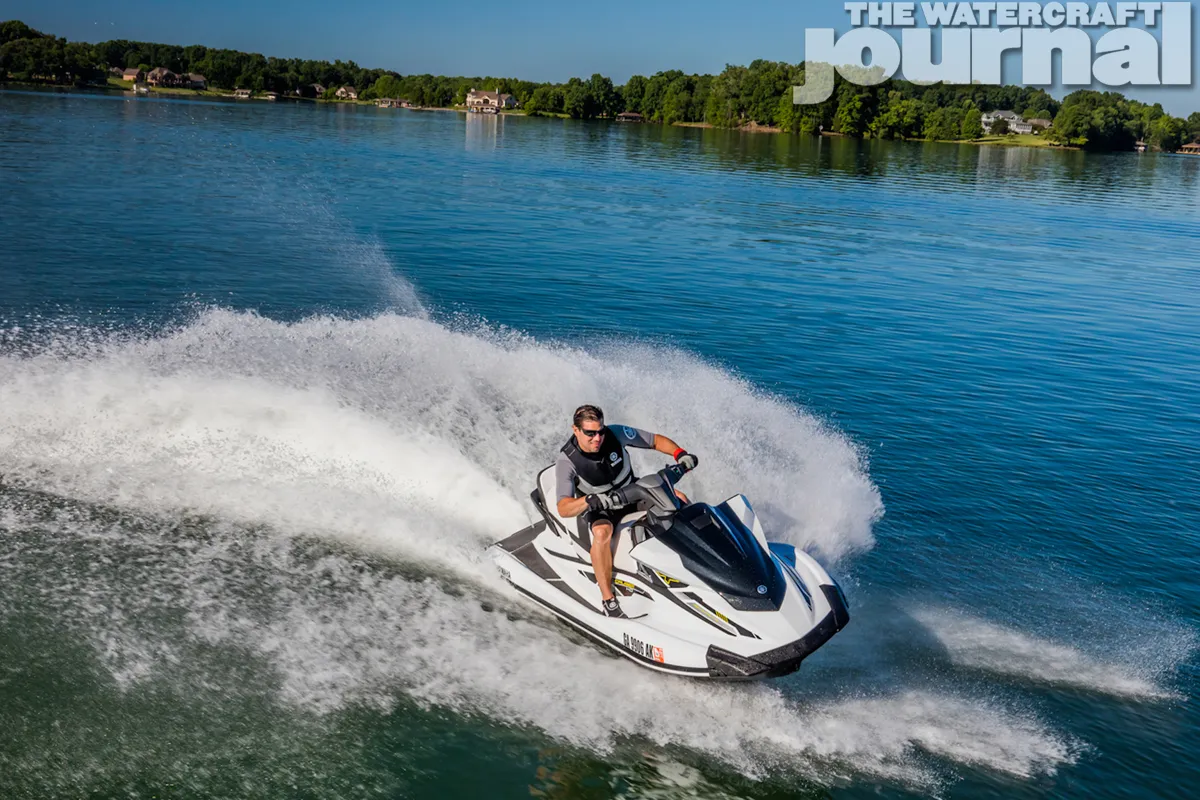
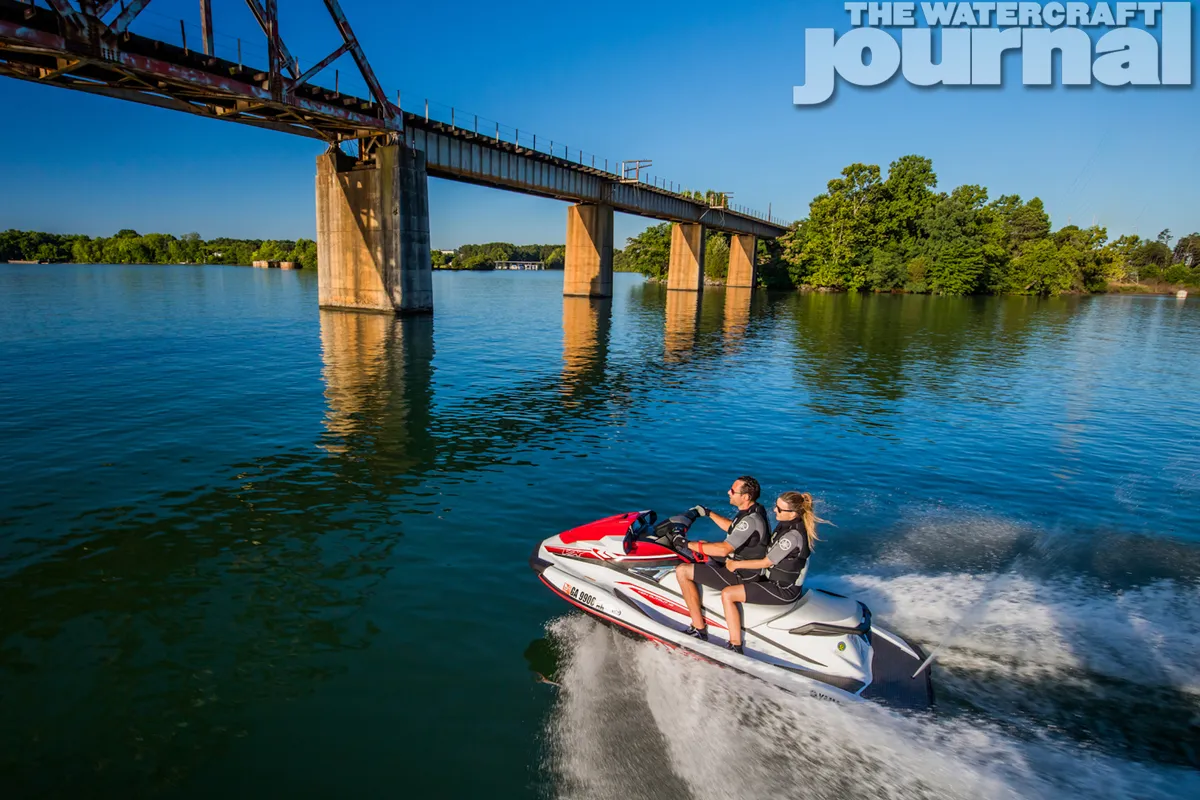
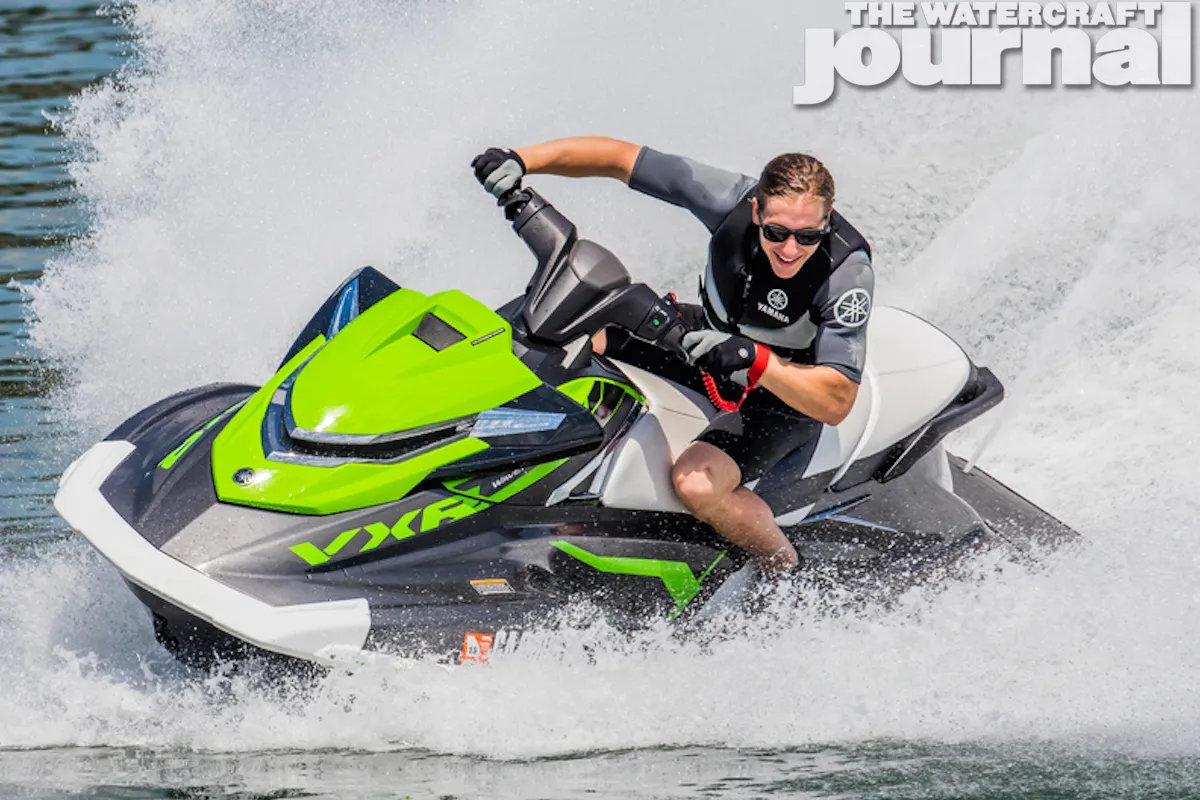
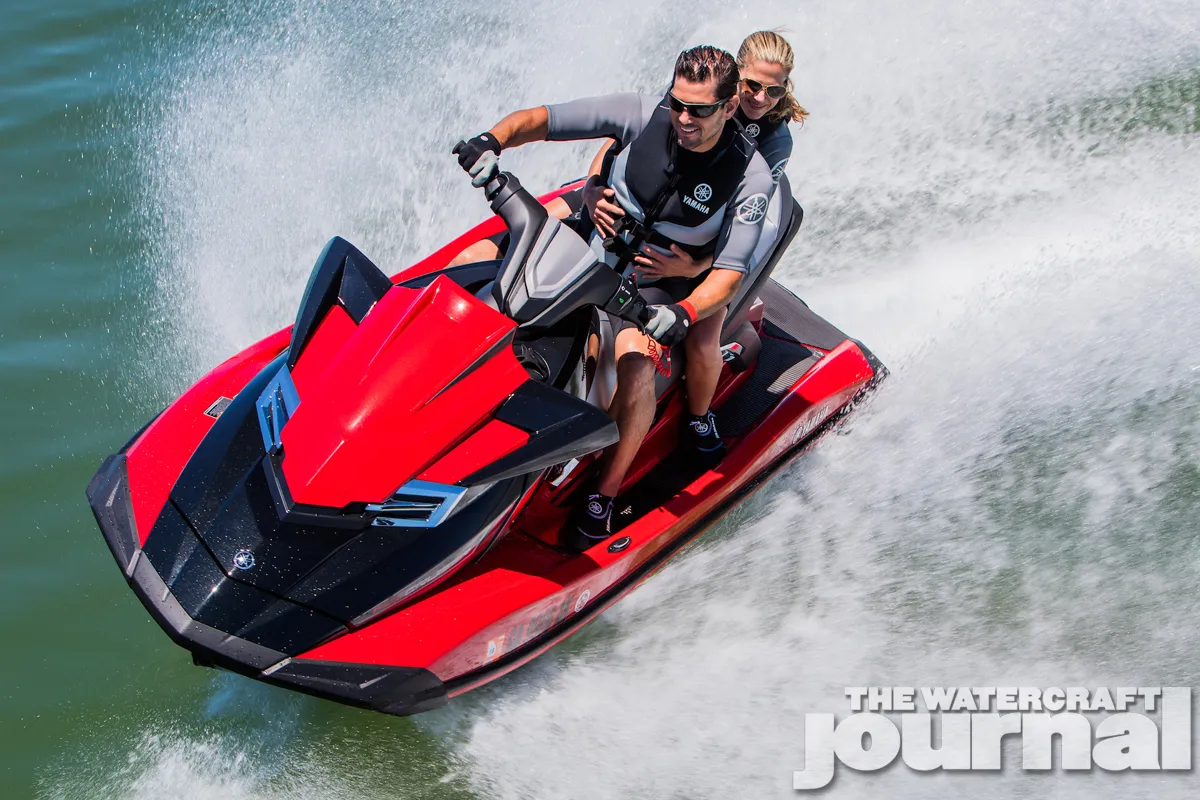
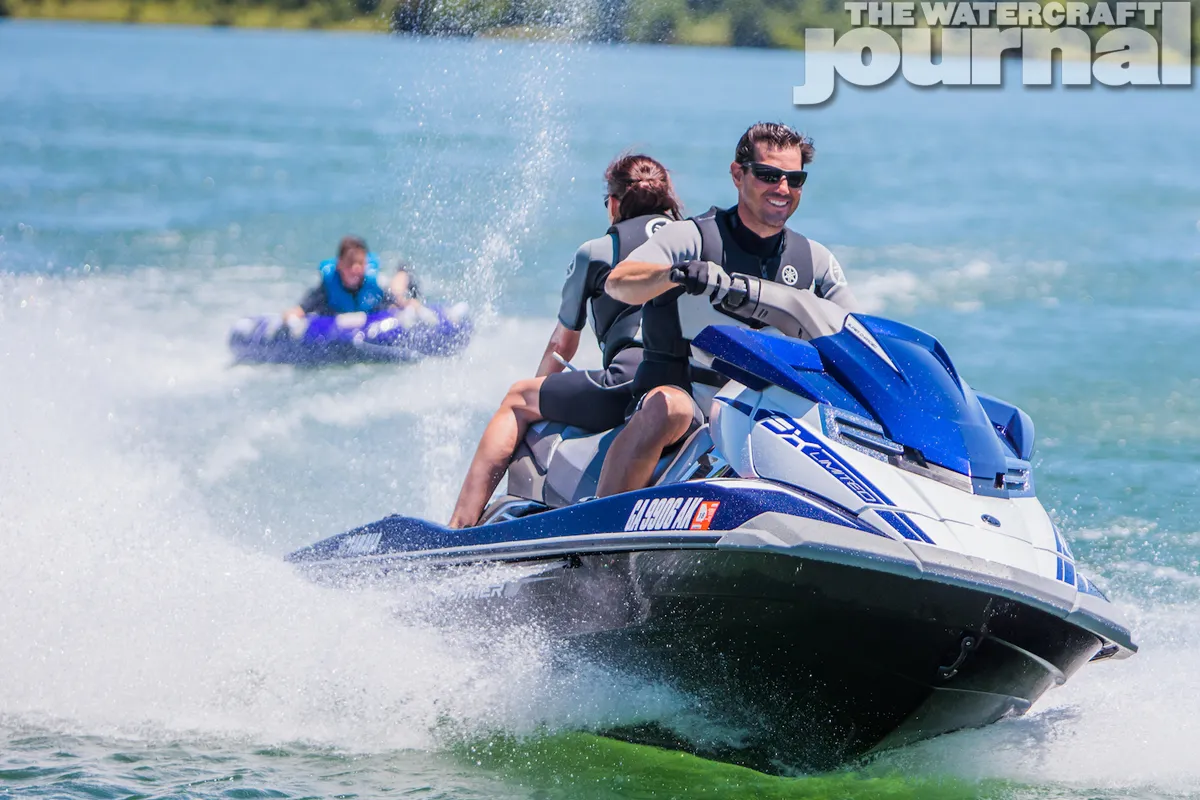
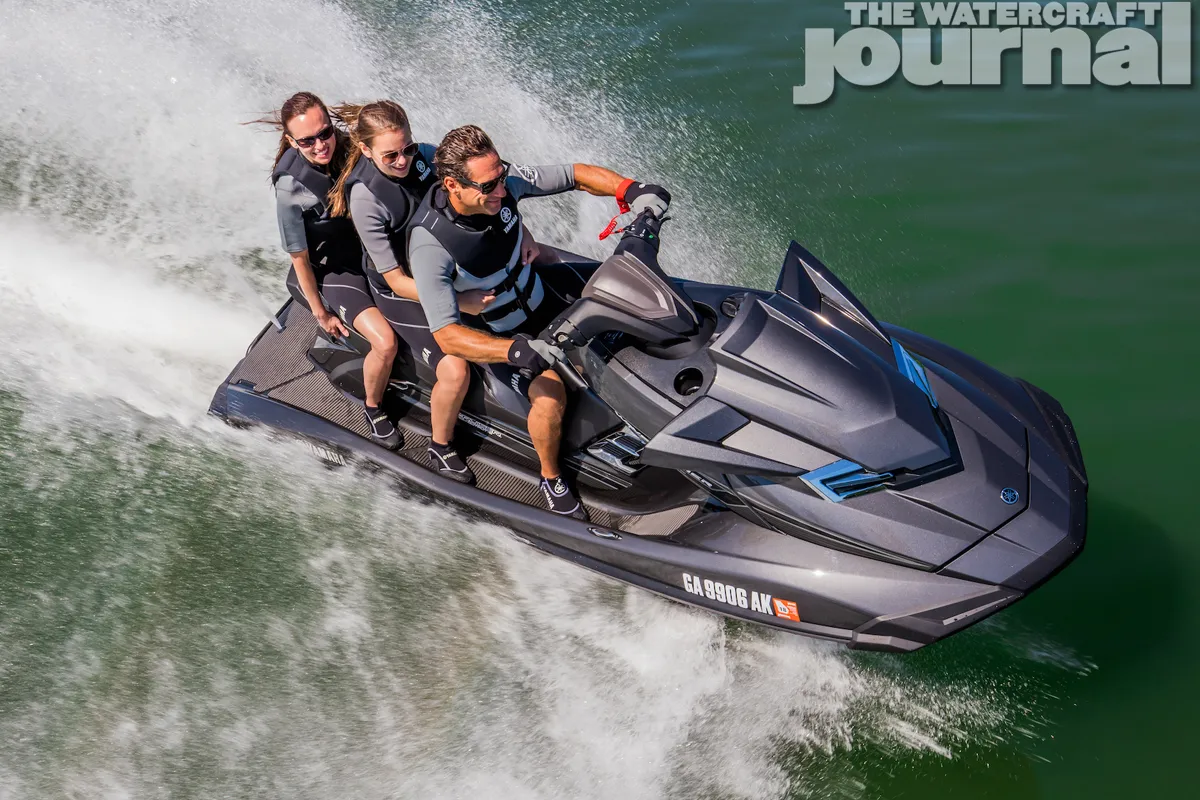
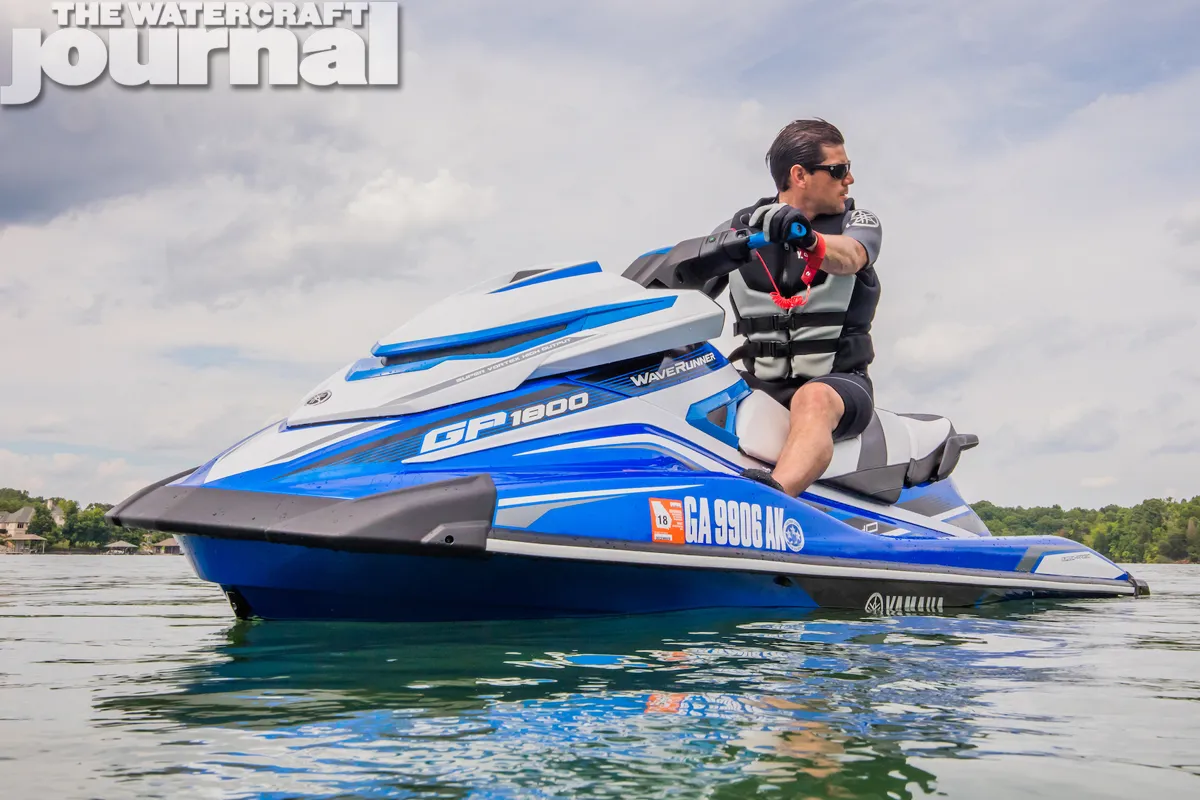
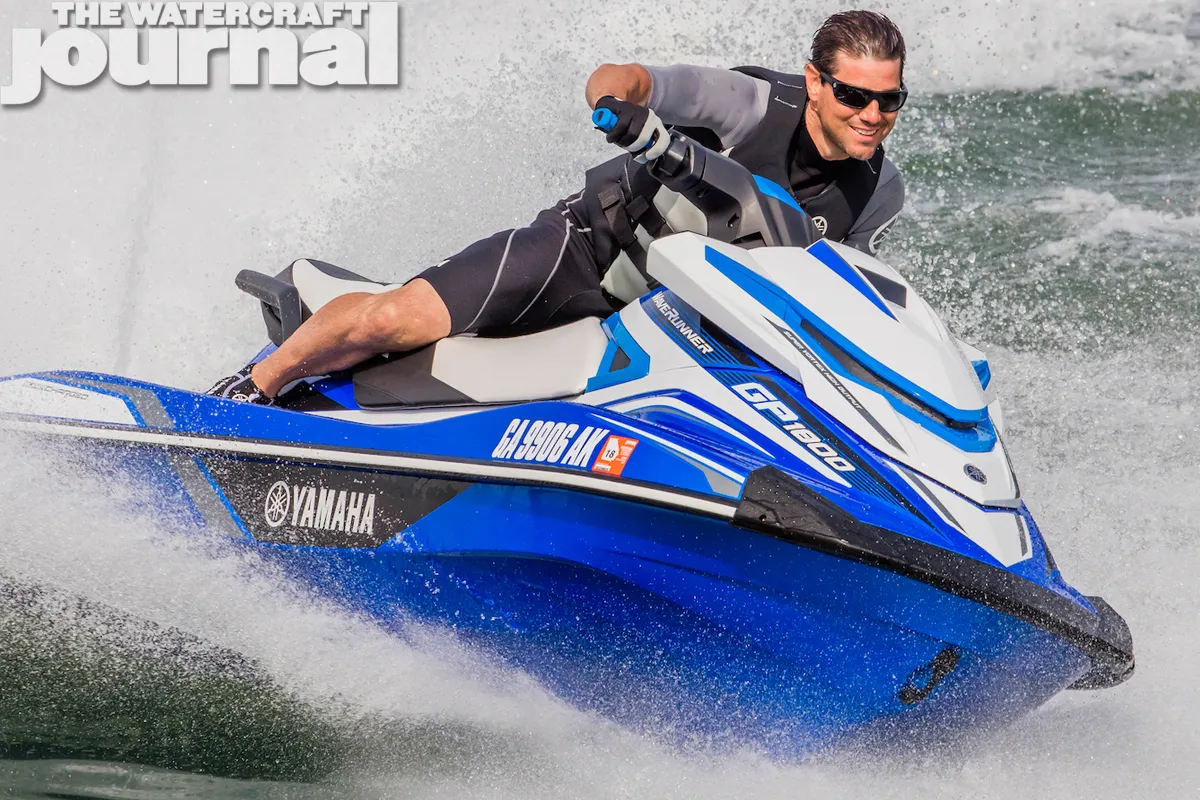
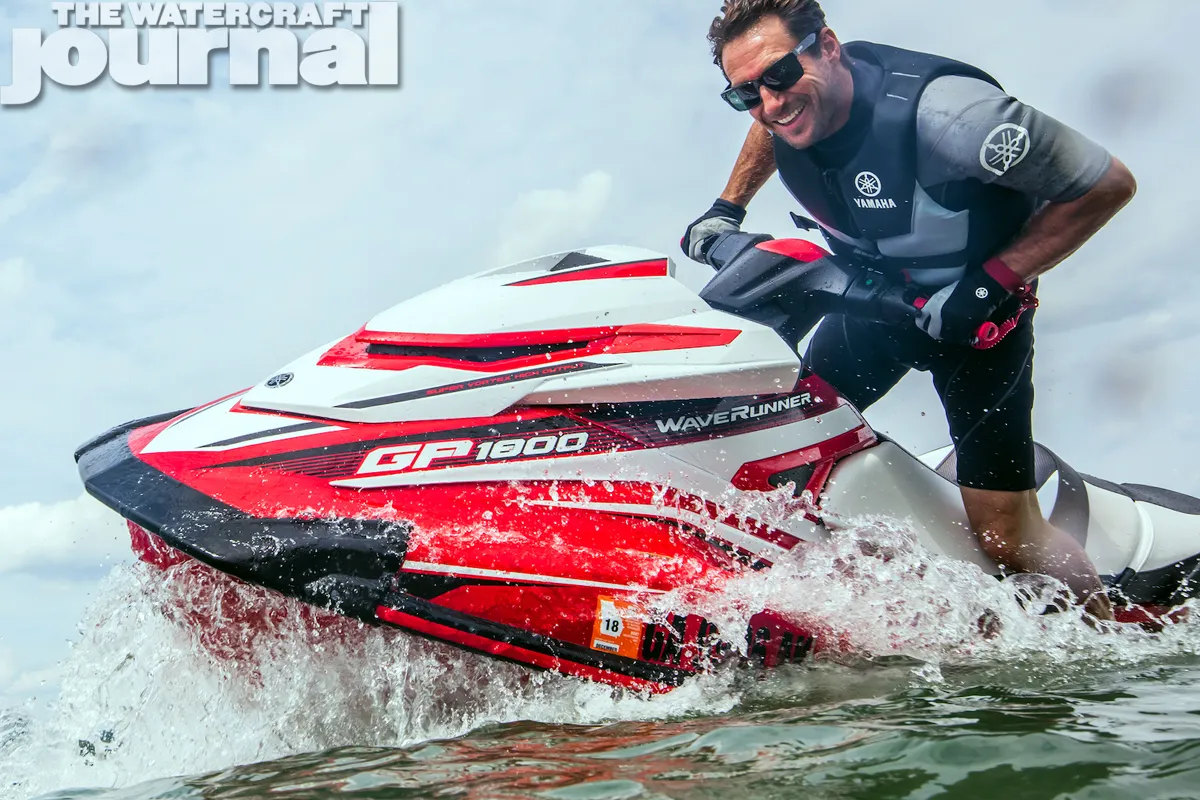
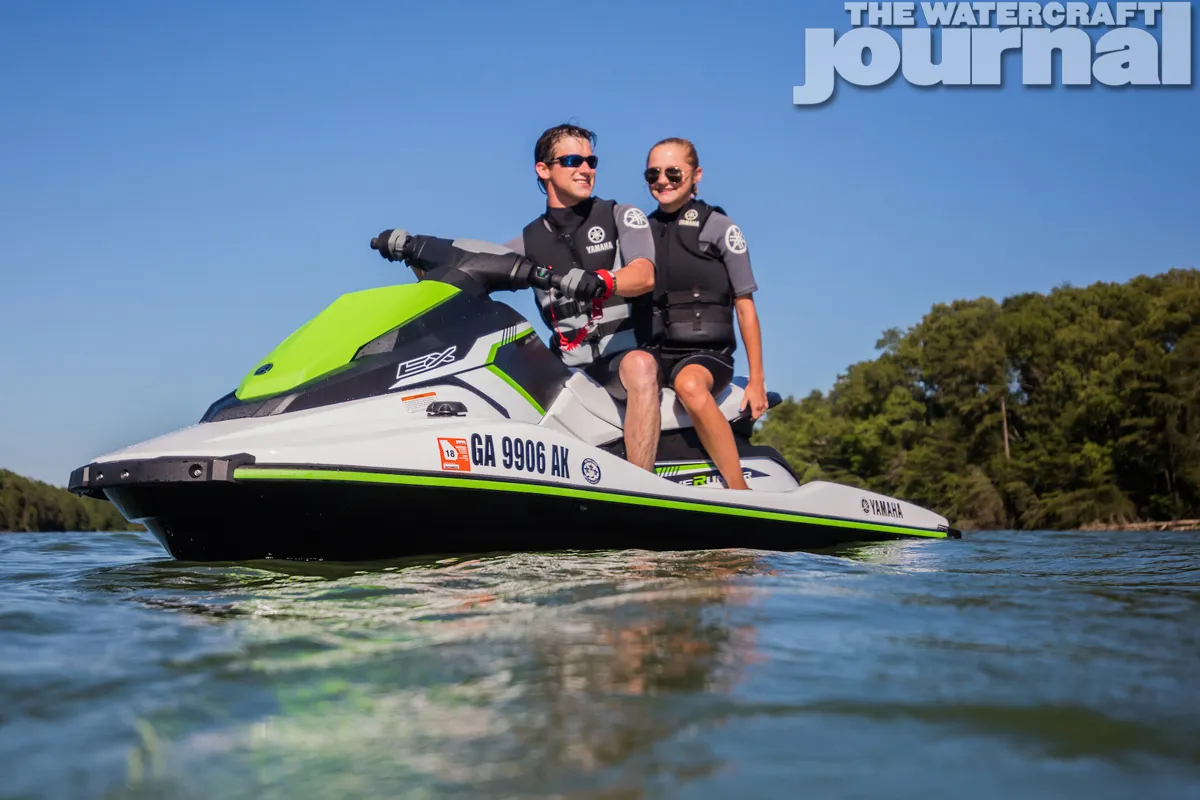
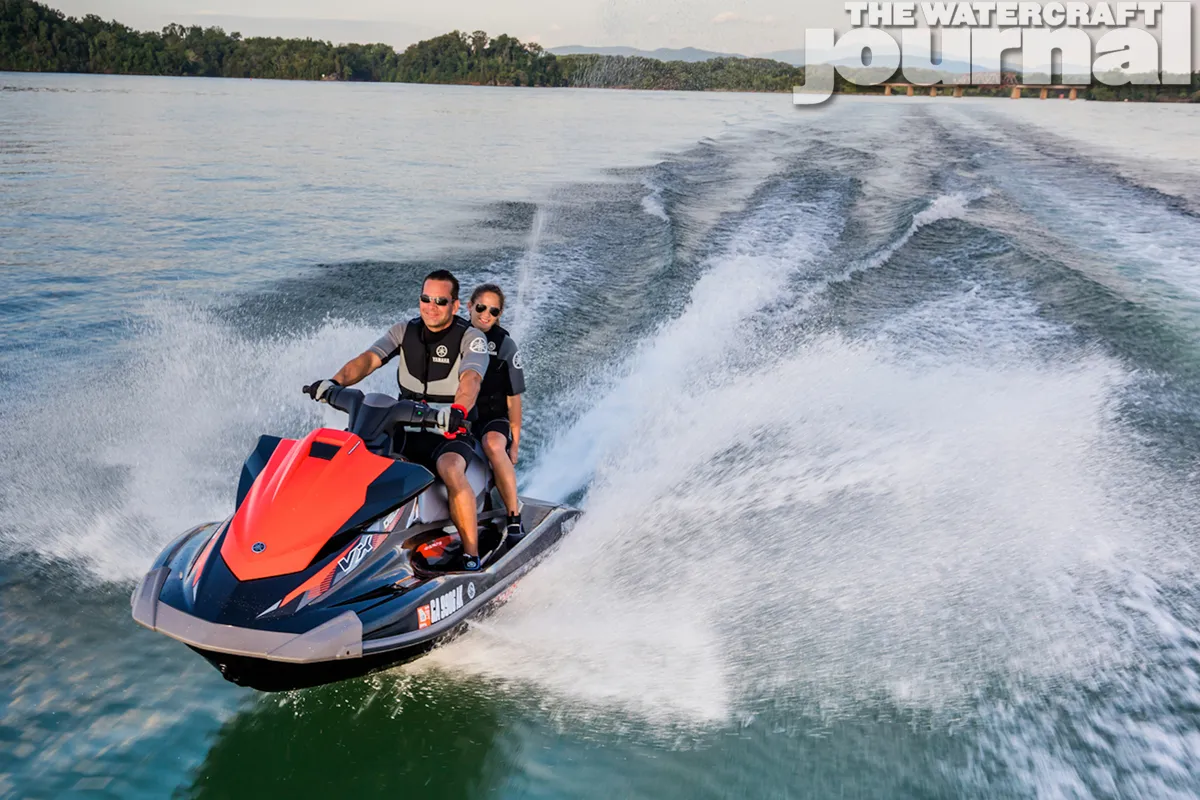
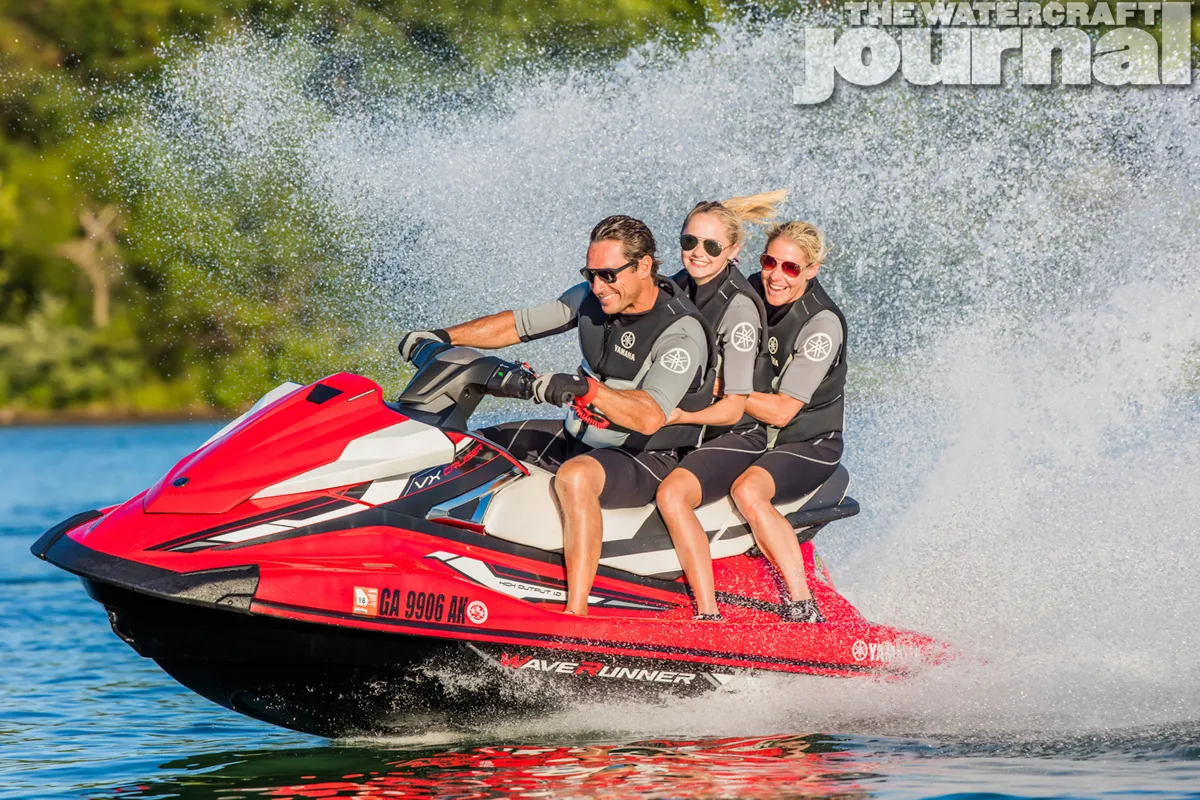
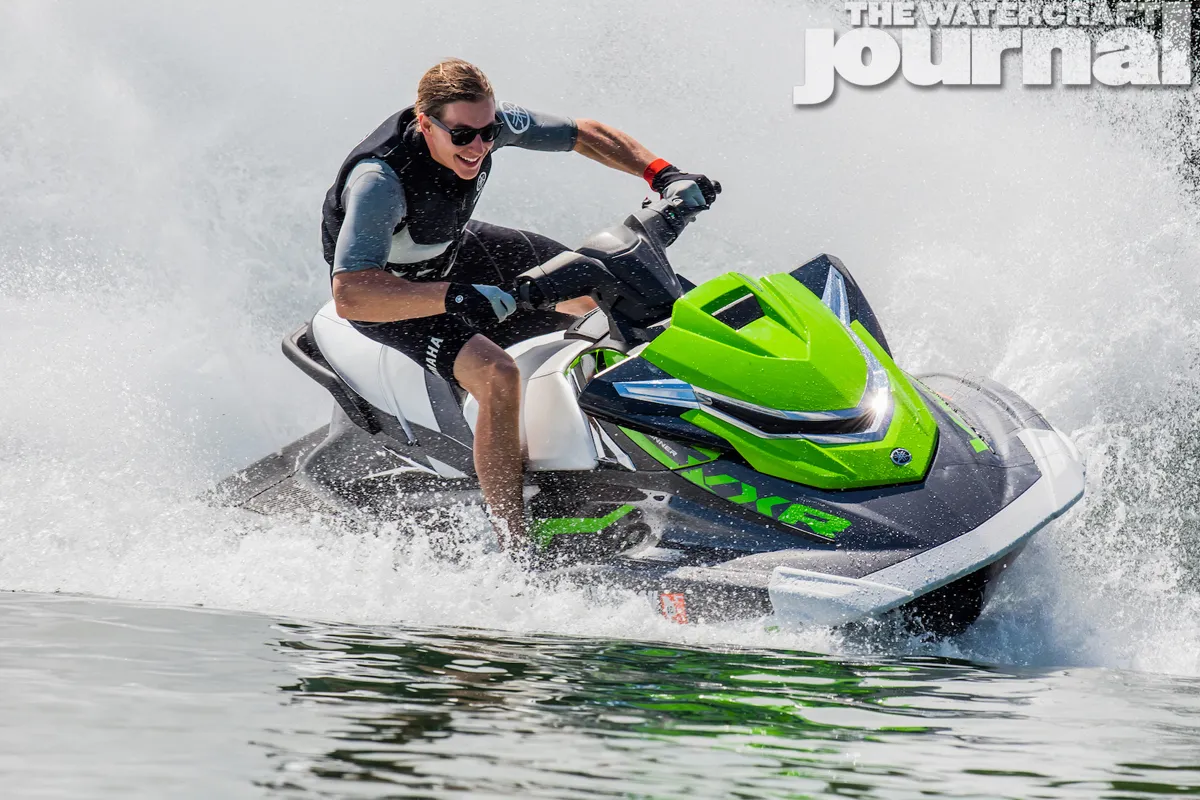
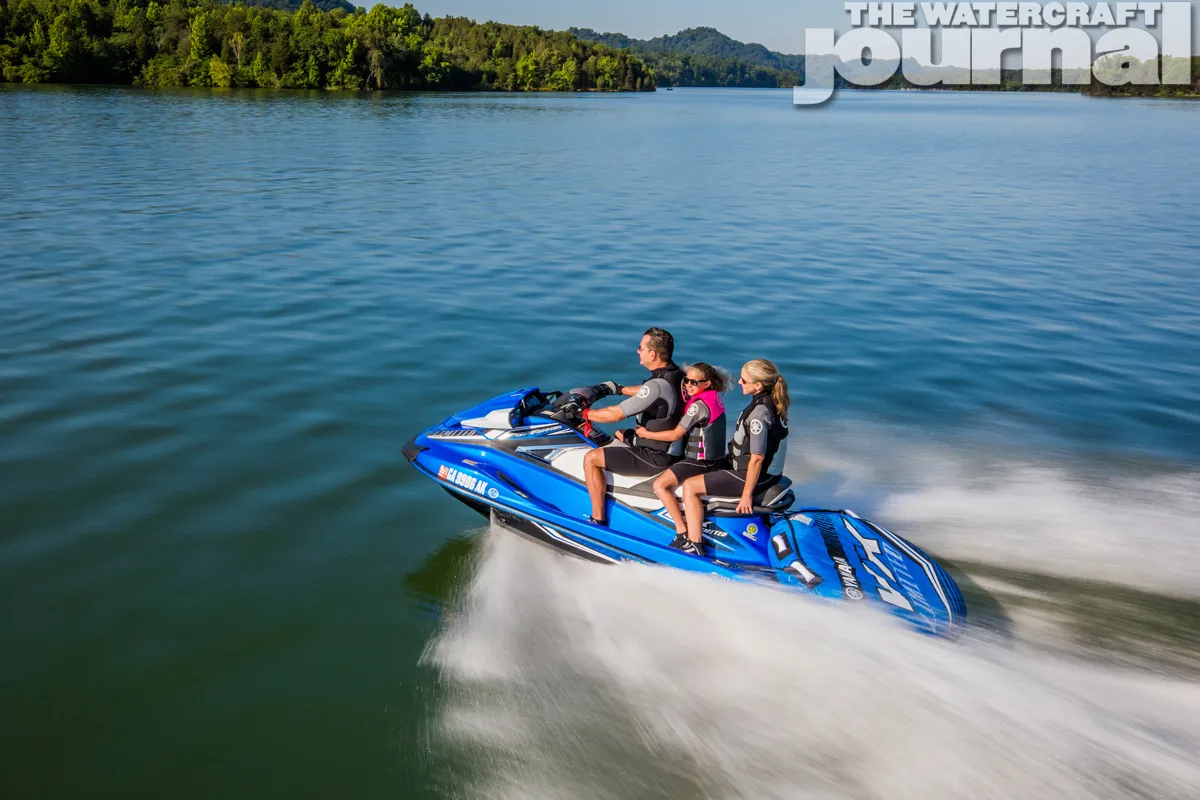
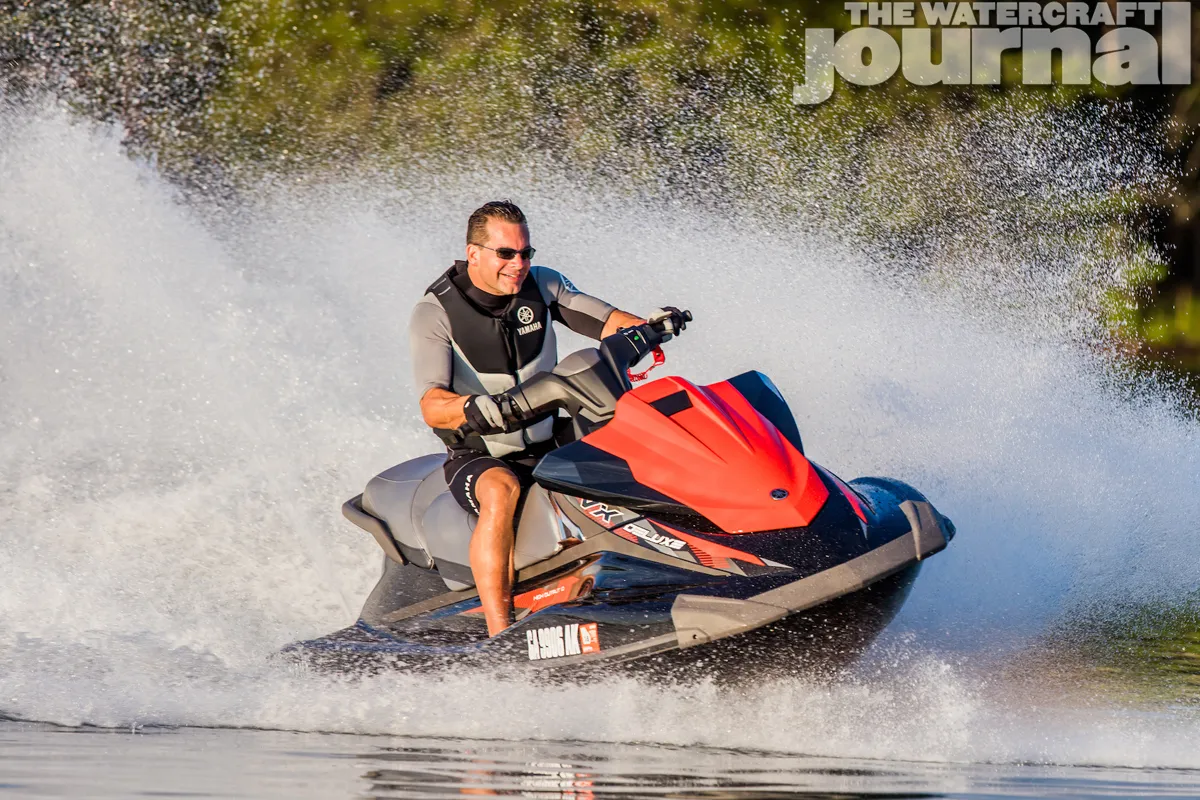
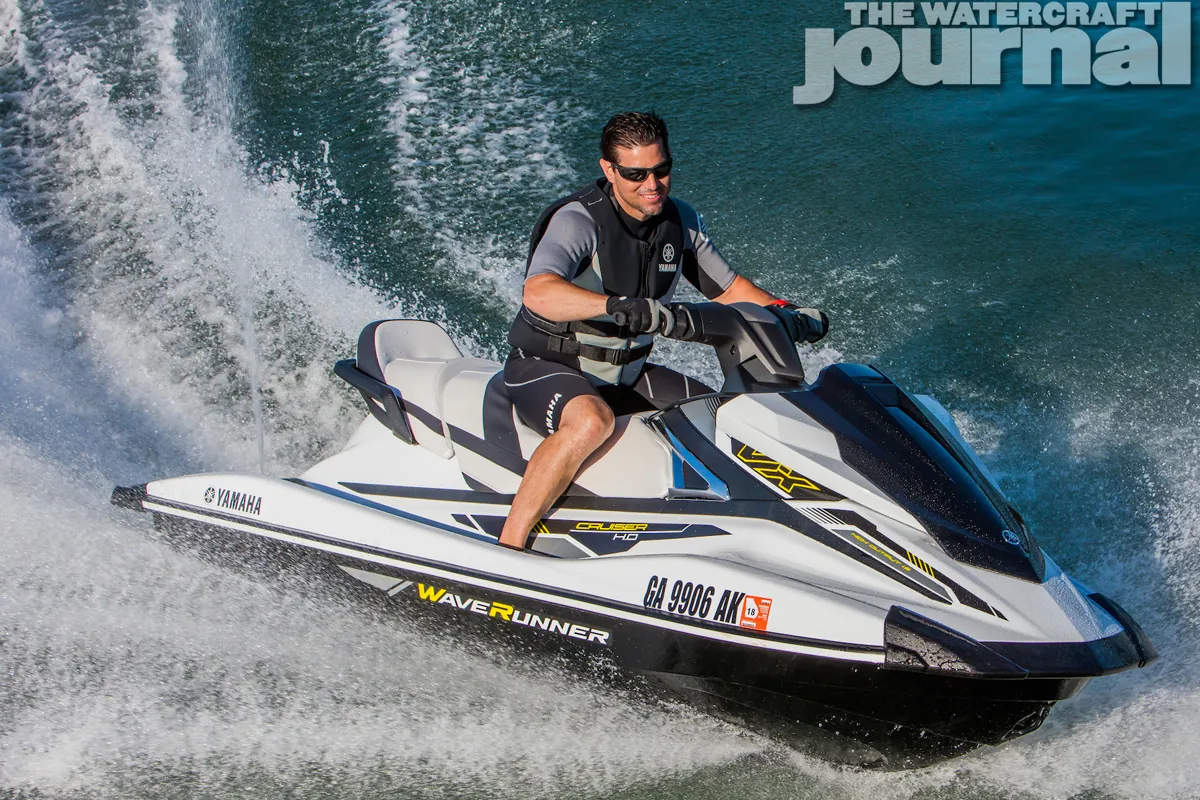
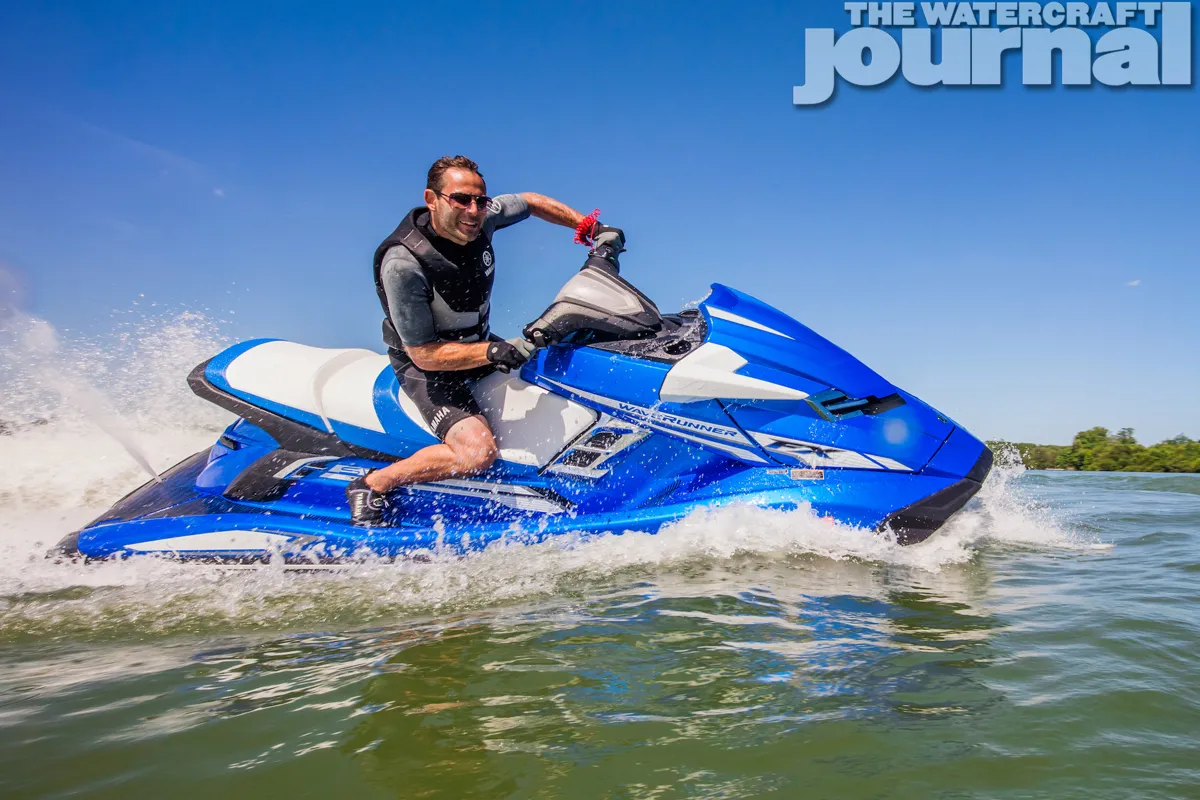
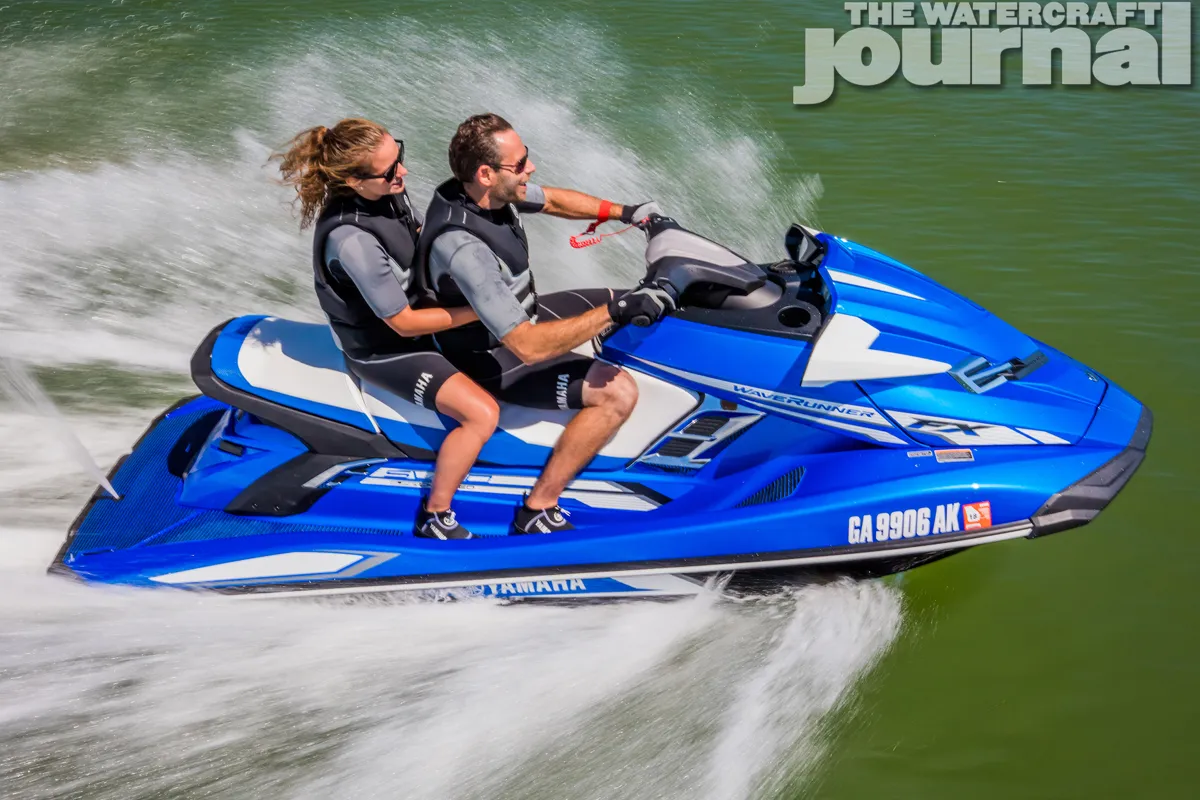
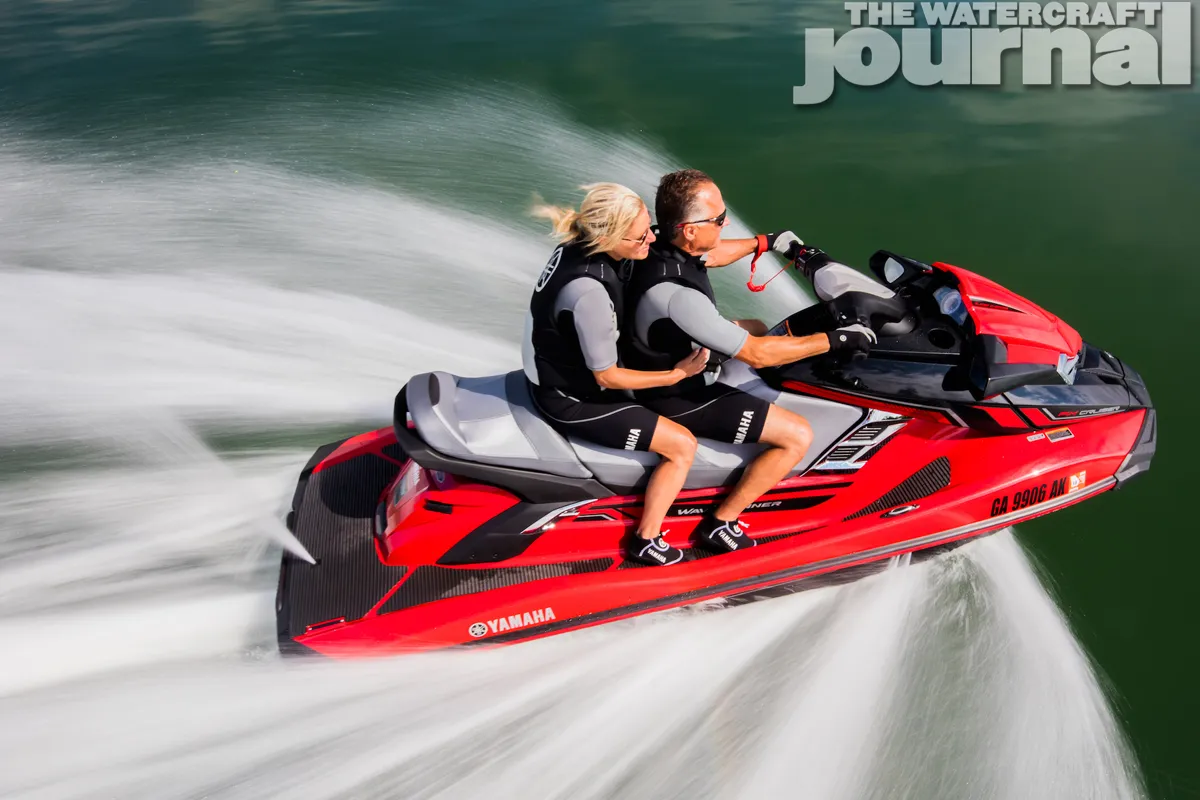
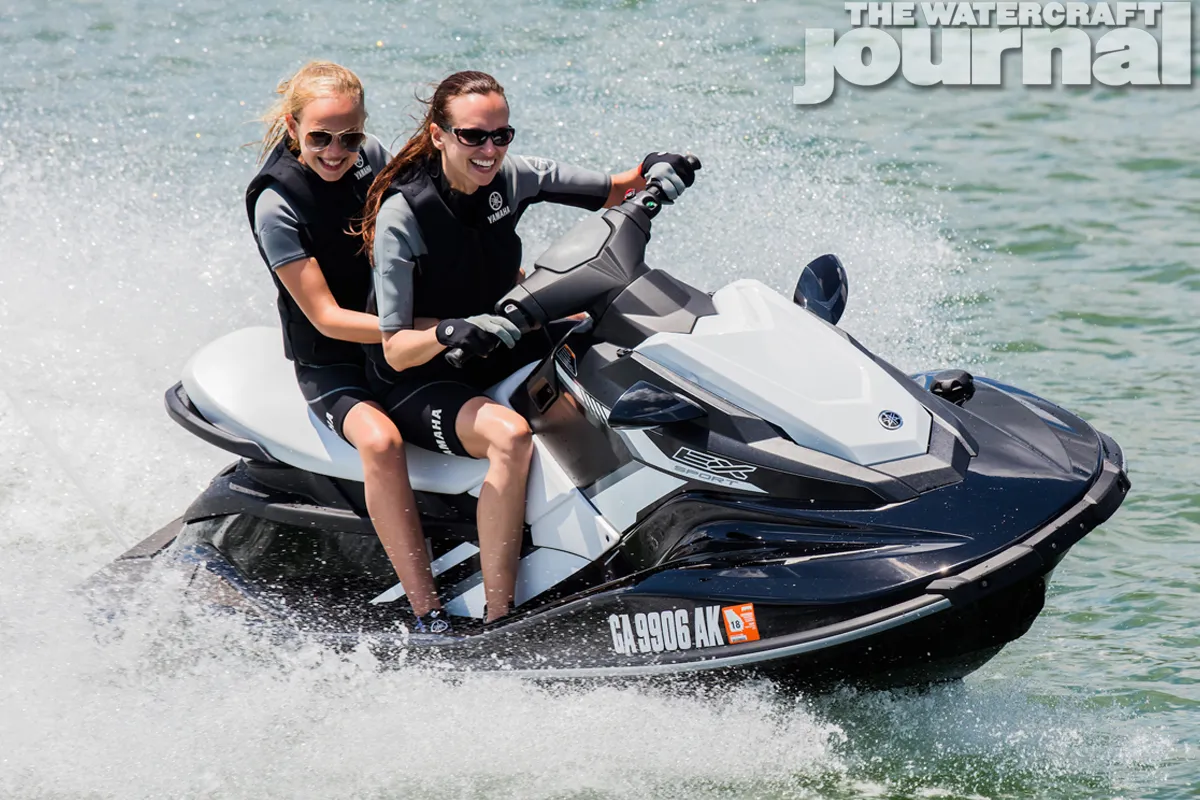
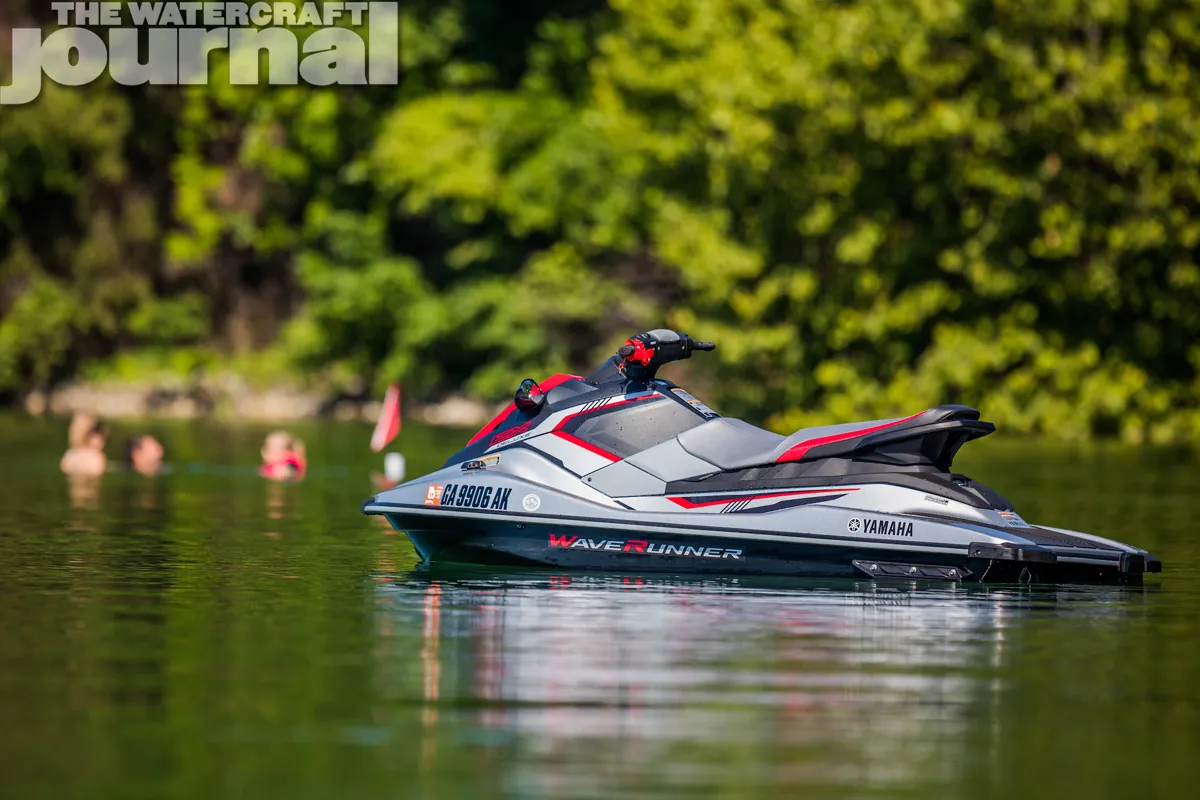
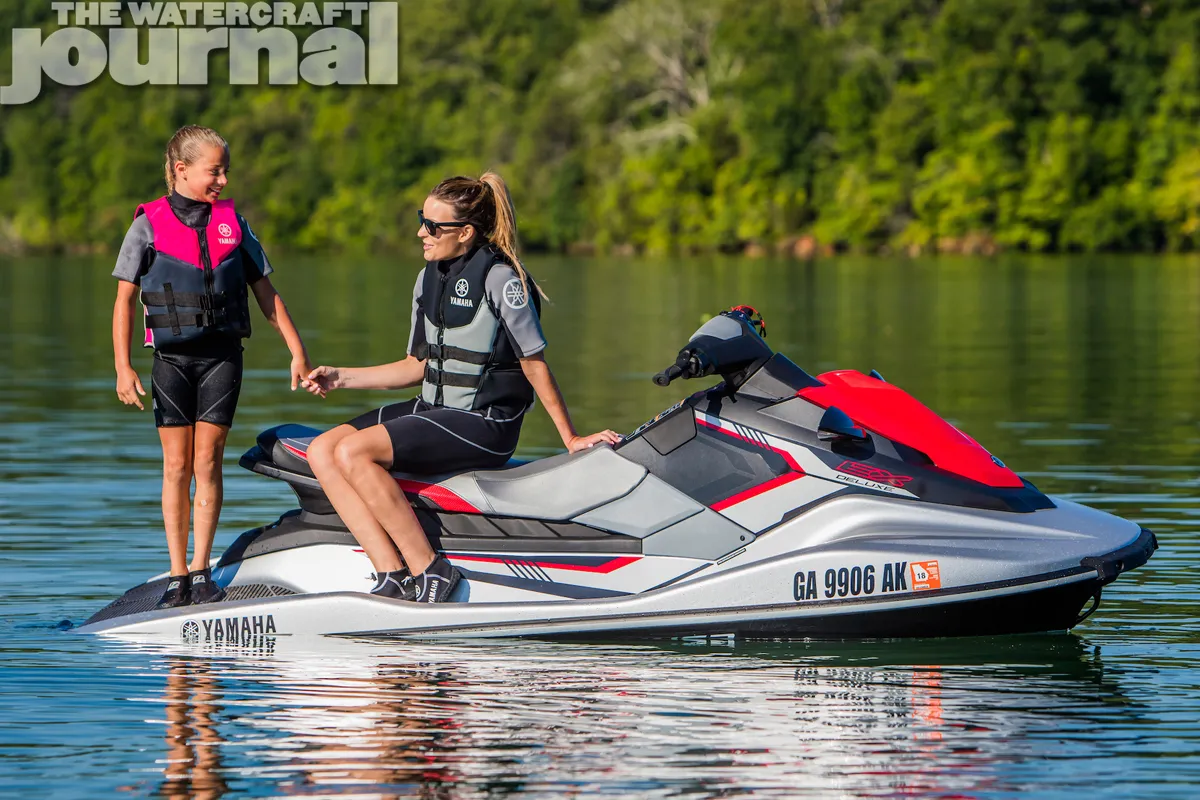
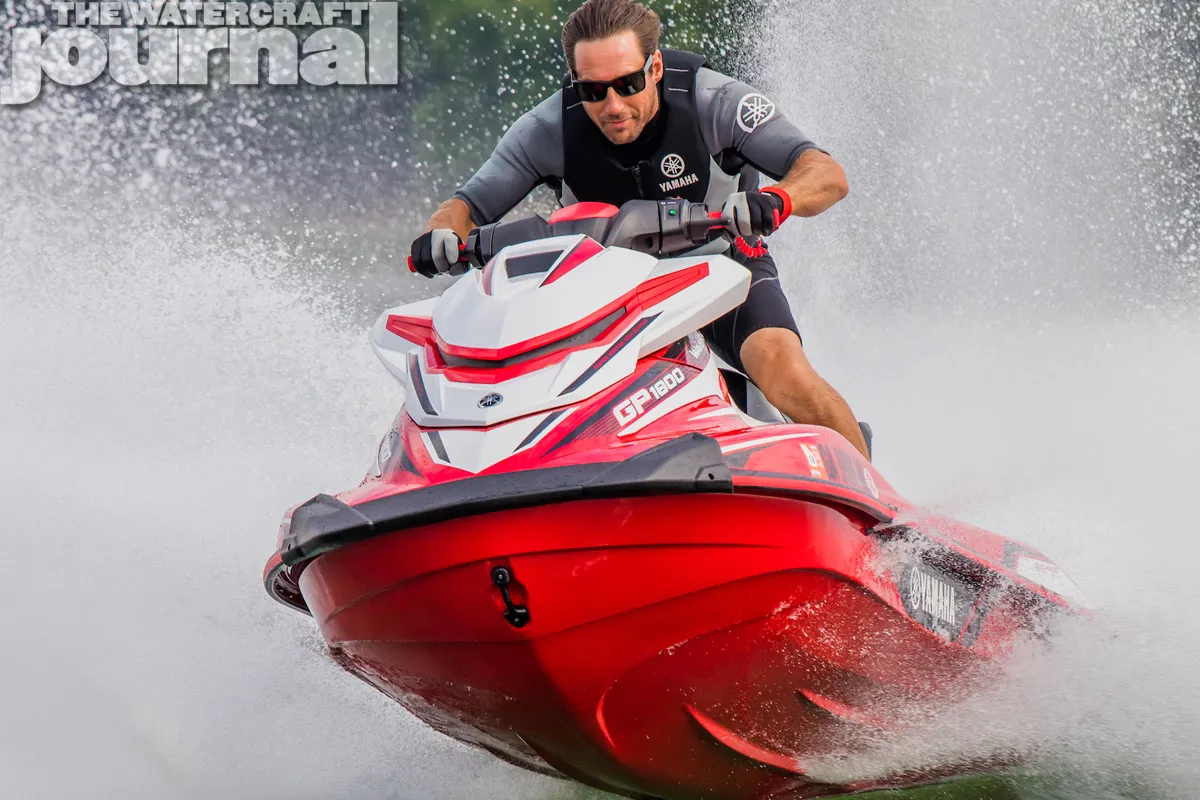
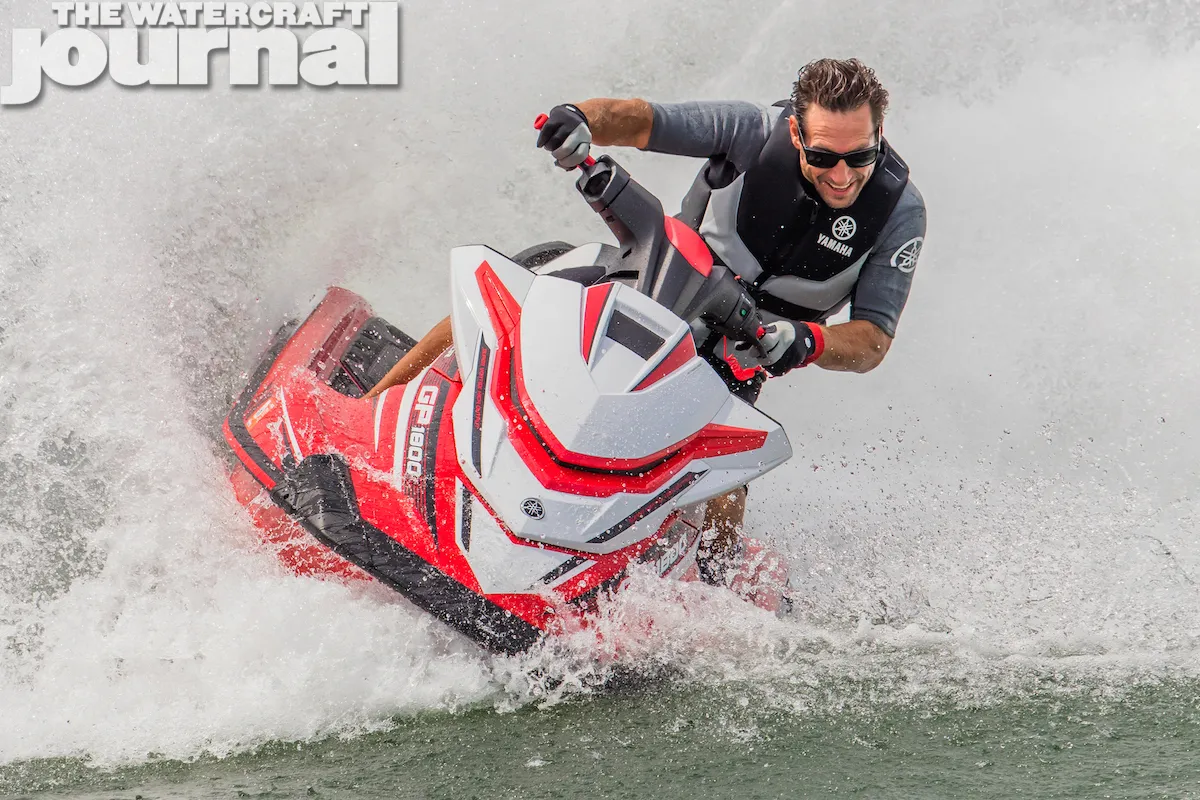
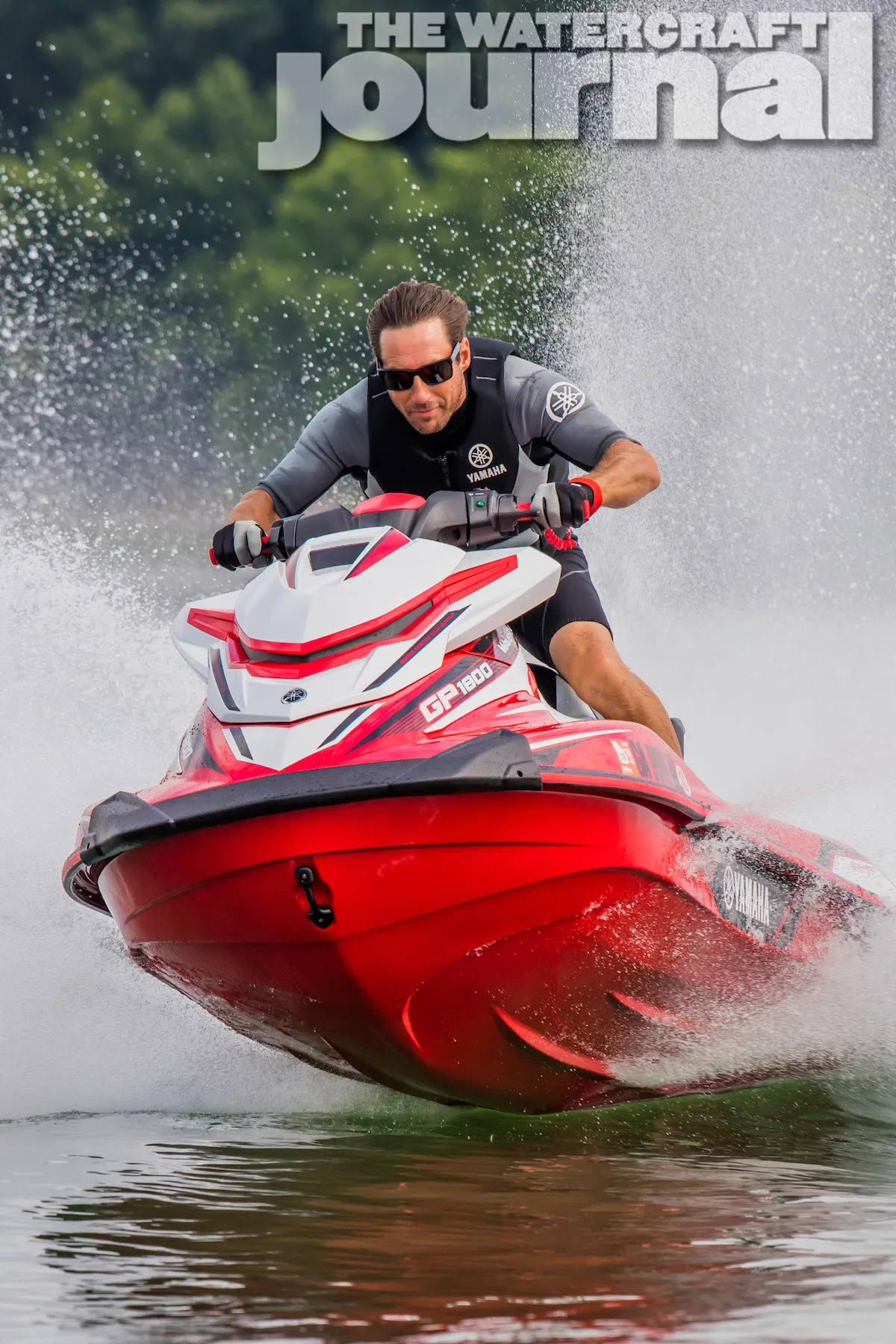
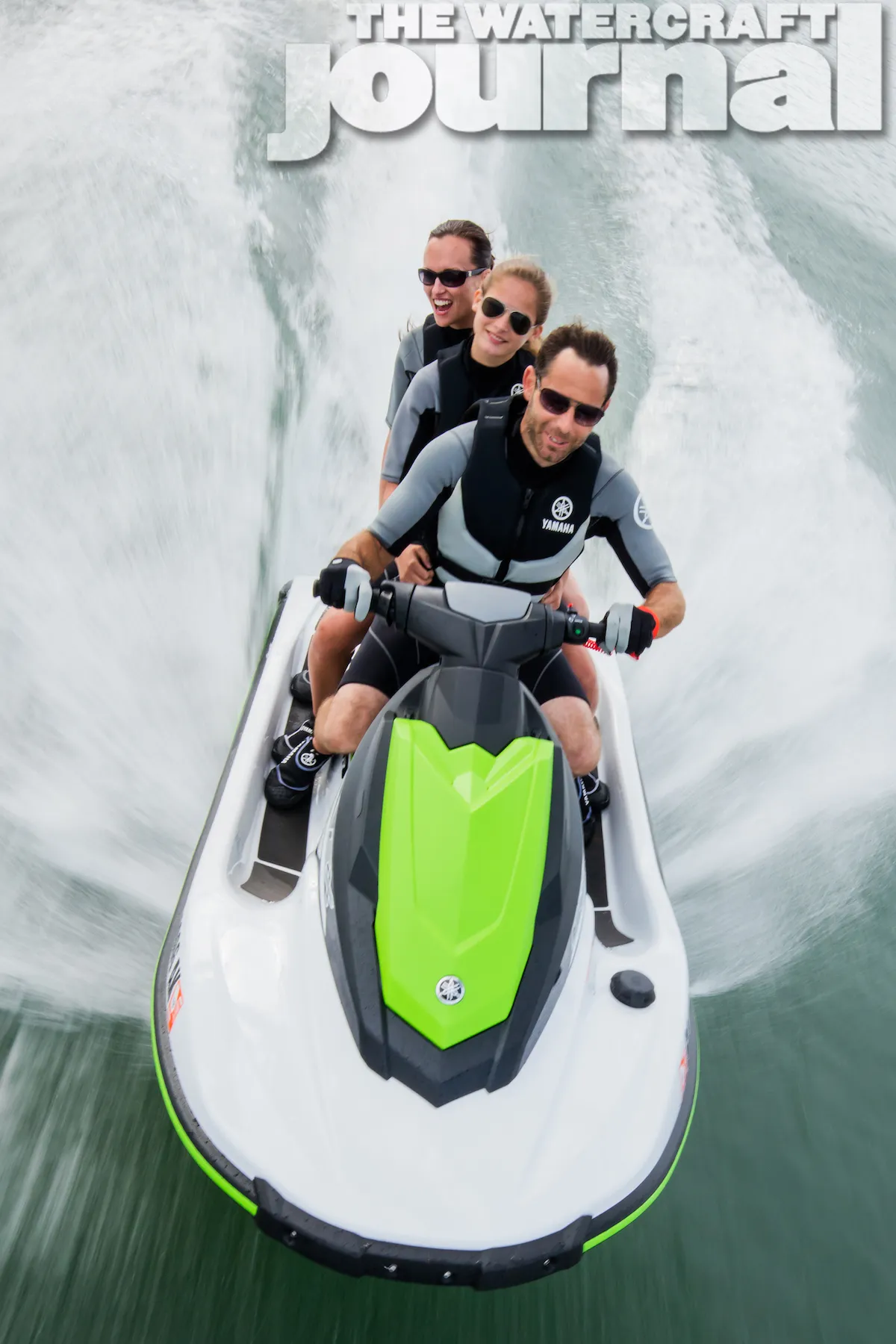

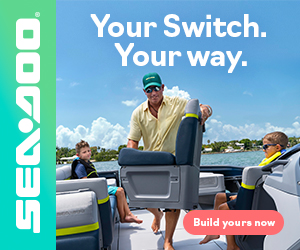
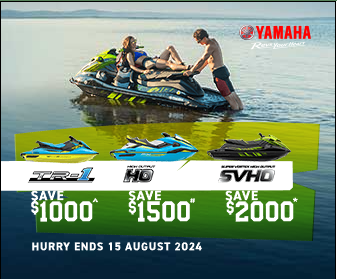

Yamaha is now the official watercraft maker for grandparents! Kevin…I know you agree. Atleast Kawasaki & Sea Doo are seeing the light! 600lb Spark fighter???? Awful!!
So did you ask the question about the Super Jet? Did they give you the same answer as last year? No TR1 merger?
I was SO excited for this release. I wanted to believe that they would break the mold. That they would come out with something exciting. Something small, fast, and nimble. The dirtbike of the PWC world if you would. I sat around for months wondering what the amazing minds at Yamaha would come out with. Would it be a spark killer? A stand up? Something we’ve never even thought of before? And it all came crashing down, when… in the end… they really came out with more of the same. Fancy new materials, new engines, blah blah blah… time for a nap. Break the “mold”. Think out of the box. From the people that forged the modern 4-stroke… who’s build quality is 2nd to none… I know the DNA is there… but this year… this time… is not that time. More of the same… just so disappointed.
Im impressed they have done alot in 2 years new skis new motors awesome! Cant wait to ride one of the gp1800s
I don’t understand this. Yamaha supposedly conducts a ton of market research before producing a new ski. All you need to do is search Craigslist to understand where the demand is. 25 year old Superjets and Waveblasters are still selling for close to their original MSRP. The demand is there for lightweight, fun skis that take some skill to ride. Why doesn’t Yamaha recognize this? The last thing the market need was another 600lb couch!
This ski (EX Series) was for the rental ski market…I can’t believe they feel this is a Spark alternative. Horrible fail!
Have you ridden it? Have you ridden a Spark? Can you compare them? Are you even the right demographic? These are important questions.
All I can say is thank god Kawasaki released news of the 2017 sxr on Monday to keep us all from going suicidal after this poor showing from Yamaha. Hard to get excited about another bloated 3 seater.
I actually own a 2015 2 up ho Spark along with 2 2011 SXR’s and a 1990 550sx. So, yes I have ridden a Spark and can say when I go out it mainly sits ion the shore while me and my friends ride out Stand ups and Wave Jammers and Blasters. I find the Spark great for a modern sit down and entertaining for a short 10 min period and then it’s boring again. However, the stand ups are forever entertaining. Simply put…if you are older and unathletic couches are better than nothing but just barely! Listen..this industry was not built with the excitement with couches but it just might die because of them. Thanks!
Is the GP1800 heavier than the FZR?
No, it’s considerably less. The FZR weighs 791 lbs. while the GP1800 is 769lbs.
Correct answer: “It weighs 400 lbs too much for it to be enjoyable for any length of time. If you buy it you will be bored of going fast in a straight line without any chance of falling off or even getting wet in no time. “
Expected much more from Yamaha , big disappointment ! Waited one year for a entry level ski with a supercharged motor ! If anyone really knows about waverunners this Is just a vxr with a supercharger… We were all waiting for a revamped Fzr, very lazy of Yamaha i will keep my 2011 Fzr until they wake up from 1997 ! ( pay attention corporate ) ( read feedback )
Can’t express how disappointing this is from Yamaha. Was really hoping for a small 1-2 seater in the 300-400lbs range. Can’t believe the big innovation is another 3 seat couch. The disappointment seems to be universal across all PWC forums. It sounds like Yamaha did a lot of user discussions but not sure what the demographic was or if they were talking to the wrong people. This is not what the industry needs. If Yamaha could have produced a 90-110hp small, lightweight ski priced around $5,500 they could have blown the doors off the sea-doo spark. Reminds me of the quote attributed to Henry Ford after inventing the model T “If I had asked my customers what they wanted, they would have told me to build a faster horse.”
Pay attention Yamaha, small light weight 1 person sit down and a ski UPGRADE. Who cares about a $17,000 couch. Nothing else to say. Scott Watkins, earn your paycheck…
Just got a 2016 FZR. Saw the new lineup for 2017. Sad. So sad. Gone is the bare bones power ski.
Don’t weep just yet. It’s still lighter and more nimble than the FZR, in addition to being faster out of the hole and harder-turning.
I think the EX series will be a hit. Anyone who has purchased or looked at the Spark knows it costs about the same price if you add the reverse and the larger motor. The Yamaha is stronger, looks better, has more features and will ride 47% further on a tank of fuel. The spark is not an option if you’ve got an adult guest along for the ride.
They haven’t gotten much for speed increases on the Spark either. The Yamaha guys will have the EX flying past the Sparks in. O time
Todd,
Your kidding right. You cant say its stronger, looks are subjective but that EX looks as generic as they come. Ohh by the way the tank weighs 50% more then a Spark.
Ride with my 160 pound nephew all the time and slide and jump all the time…but yea we arent afraid of the water either. The EX will be flying right to the rental companies.
It will be a hit with the jet ski rental companies only..
Yamaha is content. Shame.
Disappointing indeed. I’ve got a 15 FZR and it’s a rocket and comfortable to ride long periods of time. I was hoping the 17 would be stronger w more power. Guess we’ll have to see w this GP 1800 thing.
If I have never owned a jet ski before in my 30s and two young boys 14 and 11 what should I buy?? Dependable and maintenece free?? Five star rated !!
Linda, thank you for your question. I will answer your query but after I poise a few questions that for a first-time buyer and watercraft owner, that need to be considered: 1. How much room do you have to store a ski & trailer and where will you store it; 2. How comfortable are you towing a trailer and what are you using to tow the trailer; 3. What kind of riding do you expect to be doing (open ocean, local lake/river, and is it for play, touring/cruising, performance)?
Without knowing these factors, I’ll blindly suggest a few machines that are both affordable and reliable:
1. For “best bang for your buck,” we lean strongly towards Yamaha’s VX Limited. It is a comfortable & stable mid-sized 3-seater with 120HP, plenty of storage, RiDE (Yamaha’s on-water braking system), cruise control, and comes with a towable (raft), tow rope, ski cover, 12v plug for an inflator (for the raft as well as a cell phone charger), and even a solar panel to recharge your battery when stored outside. ($10,999 MSRP)
2. With teenage boys, the Sea-Doo Trixx is the most ridiculously fun ski we’ve tested in years. Although its still a 90HP 2-seater Spark, and decent for casual riding (although a pretty rough ride for anything longer), the Trixx package is purposefully designed for performing tailstands, 360s, and other stunts – the perfect thing for hyperactive teenagers to beat on. ($7,299 MSRP)
3. Yamaha recently released its new EX Deluxe ($8,599 MSRP). Essentially a more stable, comfortable version of a Sea-Doo Spark, the EX Deluxe features a 13.2-gallon fuel tank, sufficient storage and their RiDE on-water braking system. It makes 100-horsepower and is playful enough to do tailspins and slides (for the boys), but can still be enjoyed over longer distances.
Any chance there will be an aftermarket company out there that will tune the “detuned” TR-1 in the EX model?
Please understand that the “detuning” of the EX TR-1 was done mechanically (not via the ECU). A lightened, smaller diameter flywheel, more restrictive air box and exhaust. You can rest assured that there will be ECU reflashes, air boxes, exhaust kits and even a turbo kit coming soon enough.
Makes complete since. Can’t wait to see what the aftermarket has in store for it. Thanks for the quick reply!
seems like every year, theres rumors of the new waveblaster coming out. this year there was so much hype around it, i actually started to believe it myself. with the release of the new ex, my disappointment will likely push me to purchase a boat instead of yet, another couch. though i do understand yamahas fulfillment of the highest selling market in the watercraft industry, and so called answer to seadoos spark.
the days of “in shape, thrill seeking, responsible for our own actions”, americans is almost completely gone. we know all to well that fat, lazy, sue happy people, want nothing to do with a watercraft that you have to learn to ride and doesnt have cup holder.
Dave, you make a couple really good points here that I’d like to address personally: 1. At no time did we within the industry hear the slightest rumor/chatter/whisper with the inclination of a returning WaveBlaster. This is purely and 100-percent spurred by a very passionate, vocal minority. The litigative potential in this machine alone is enough to make me not want to build one. Because, as you rightly noted, 2. we live in a “zero accountability” society instigated with the fraudulent, “ambulance chasing” lawsuits of the 1980s and beyond. Today, there is more ways to earn a buck without lifting a finger than ever before. Socialism was never and will never be prosperity. I only wish 20th century history was loud enough to cement this example in people’s minds. Alas, the industry we’re in (as is with ALL industries) is gravitating towards comfort and convenience. The raw, rowdy and unrefined days of X2s, ‘Blasters, XPs, 550s, and the like are gone. Even the Spark has brakes and fly-by-wire throttle.
I run with friends over 120 miles out in the open sea every weekend here in Subic bay in the Philippines, where waves and swells get over 12 feet on regular days. I have a 2016 fx svho, and find it a very stable ski for our use. I bought a 2016 V1 sport for the my teenage kids to use and they are mighty dangerous out in the open sea. Just ditched the V1 and traded it in for the new 2017 Fx ho…happy and feel more secure now when we have fun weekends.
I’m taking delivery of my 2016 FX HO Cruiser from Shorts Marine in Lewes, DE next summer. Can’t wait! Rode the 2016 FX SVHO Criuiser of a friend and loved it. Just didn’t want the added expense of the supercharger.
You’ll love it! Plenty of storage, stable ride, and great mileage per tank! Enjoy!
I am trying to decide this morning on trading my 2016 FX HO WAVERUNNER for a new 2016 SVHO WAVERUNNER, I will lose a few thousand dollars on the deal but does anyone know how much difference there really is in power, the salesmen only tell you what you want to hear.
There’s a very clear difference from 180HP to 265HP. The SVHO is a stellar package and was worthy of our 2015 Watercraft of The Year Award. I think you’ll be very happy with it.
Is the fzr 2017 coming soon?
Clearly you didn’t read the article at all. The FZ series (R and S, respectively) were discontinued and replaced by the GP1800.